
1 December 2020 marks the birth centenary of a rare soul whose entire life was a story of dedicated service. Born in an orthodox Jain family, he grew up in a liberal atmosphere which was gifted to him and his siblings by his father. He was fortunate enough to come in close contact with Rabindranath Tagore during his adolescence and when he was in the nineteenth year of his life, he chose to live under the aegis of Sri Aurobindo and the Mother in their Ashram at Pondicherry. The Ashram was a hot-bed of poets and artists when he had joined it but he preferred to be a worker. Yet, he was an artist but not as it is understood in the general sense. With his dedication and emphasis on perfection, he elevated his work to the rank of an exquisite art. Such was Noren Singh Nahar.
The Nahars trace their origin from the Rajput clan of the Parmars who emerged from the holy fire altar when a group of Brahmins invoked Bibhavasu, the God of Light, at a yagna to help them repudiate the onslaught made by the Jains on them. Ashdhar, the 35th descendent of Parmar, was brought up by a lioness, so when he returned to human civilization, he could no longer inflict any harm on the animals among whom he had spent a considerable part of his childhood years. Therefore he converted from Vaishnavism to Jainism and took the name “Nahar” the meaning of which is “lion”. Kharag Singh Nahar, the 78th descendant of Parmar migrated to Bengal in 1766 upon the request of Jagat Seth (the treasurer of the Nawab of undivided Bengal) and settled at Azimganj. Eventually he founded his business and zamindari at Murshidabad, Dinajpur, Kolkata and other places.
Setab Chand Nahar was the third descendant of Kharag Singh. He was a prolific writer and distinguished scholar in Sanskrit, Persian, Hindi, Gujarati and Bengali who was awarded the title of “Rai Bahadur” by the British Government as a mark of appreciation for his contributions towards societal welfare.
Puran Chand Nahar, Setab Chand’s second son, was the first Jain in Bengal to graduate from the University of Calcutta in 1895. He earned his degree in Law in 1903 and received his Master’s Degree in Pali in 1908. A lawyer by profession, he settled in Kolkata in 1908 and started practicing at the Calcutta High Court in 1914. He was also a scholar who had diversified interests in History, Archeology, Linguistics and the holy scriptures. His major published works include Jaina Inscription in three volumes and An Epitome of Jainism, the magnum opus which is still considered to be the most appropriate reference book on the said subject. Appointed as the question-setter and examiner of answer-scripts the University of Calcutta, Puran Chand was also chosen as the first President of the All India Oswal Jain Conference in 1932.
Puran Chand’s second son, Prithwi Singh Nahar (3 June 1898—13 April 1976) passed his matriculation examinations securing a first class. He repeated his success when he appeared for his Intermediate of Arts in 1918 from Presidency College where he also obtained his B.A. degree with Honours in English in March 1920. An accomplished sitarist and pianist, he was also a prolific writer who contributed articles on Jain music, art, Indian history in magazines like Sabuj Patra, Vichitra, The Modern Review, Probashi and Parichay to name a few. He was also an avid collector of paintings, antiques, old coins and books. His personal collection of art and paintings was enriched by the works of Rabindranath Tagore, Abanindranath Tagore,Gaganendranath Tagore, Nandalal Bose, Asit Haldar, Mukul Dey and others artists. He also possessed almost all the first editions of Rabindranath Tagore’s published works. But his main interest lay elsewhere. The main goal of his life was God-realization and he longed for a spiritual guide when he was in his twenties. This quest for God-realization emerged with infinite intensity when, in October 1932, his wife Suhag Kumari passed away. In 1933 he went on a pilgrimage to South India; on his way back from Rameshwaram, he stopped at Pondicherry in November and had the Darshan of Sri Aurobindo and the Mother on the 24th. Following this Darshan, he realized that he had found the spiritual Guide he was looking for in Sri Aurobindo and the Mother. He wanted to settle down in the Ashram but the Mother asked him to wait for some more time as his children were still young. “You belong to this place”, She had remarked to Prithwi Singh. Every year Prithwi Singh visited Pondicherry with some of his children and relatives to have the Darshan of Sri Aurobindo and the Mother. Thus Noren Singh Nahar, Prithwi Singh’s third son, visited Pondicherry for the first time in February 1936.
Born at Jiaganj on 1 December 1920, Noren Singh Nahar’s early years were spent in Kolkata. At the age of nine, in December 1929, he was taken to Santiniketan by Prithwi Singh and was admitted to Viswa Bharati along with his two elder brothers (Dhir Singh and Bir Singh) and his younger brother, Nirmal Singh. They lived at a house known as ‘Nichoo Bungalow’ which belonged to Dwijendranath Tagore, Rabindranath’s eldest brother, which Prithwi Singh had taken on rent. Since Prithwi Singh was quite close to Rabindranath, whenever Suhag Kumari would prepare any special sweet, she would send it to Rabindranath through Abhay Singh Nahar and Sujata Nahar (Noren Singh’s youngest brother and younger sister).
During his stay at Santiniketan, on every Wednesday, Noren Singh would pluck Ketaki flowers and offer them to Rabindranath Tagore when the latter would be seated outside ‘Shyamoli’, a building adjacent to ‘Uttarayan’. On one such occasion, when Rabindranath was writing something, young Noren Singh went to him with the flowers and after offering them to him, put forward his autograph-book. Tagore simply signed his full name. When Noren Singh requested him to write something more, he got a little irritated and wrote: ‘Blessings’ above his signature. Later, Noren Singh realized that Tagore was in a different mood on that day as he was busy writing and his request had interrupted the flow of his creative pen. He has also recalled in his reminiscences that once, when a function at ‘Singha Sadan’ had ended, the spectators had clapped instead of saying, ‘Sadhu, Sadhu’ (as was the practice in Santiniketan). Rabindranath, who was present at the function, had become quite furious as he detested the foreign custom of clapping. On another occasion, when Noren Singh and his classmates were having a class beside ‘Sishu Bhavan’, the topic of earthquake cropped up. During the discussion, they felt the whole ground beneath their feet was shaking. It was the disastrous earthquake of 1934 which had hit Bihar.
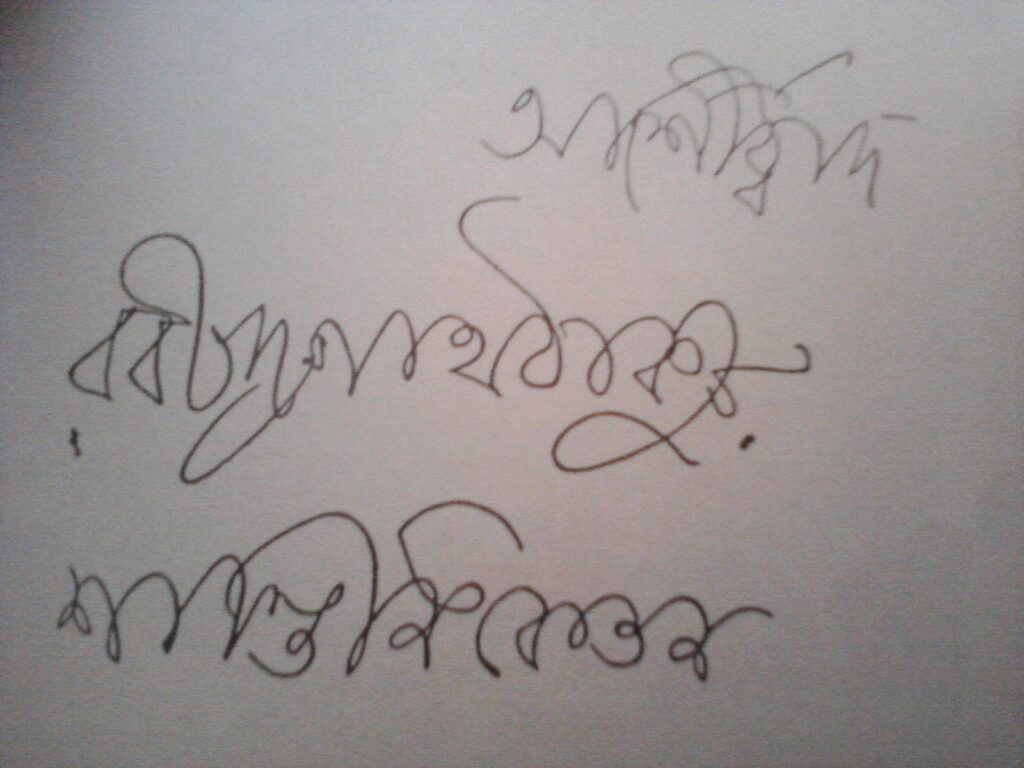
It was also during his stay at Santiniketan that Noren Singh got the opportunity to see Mahatma Gandhi, Pandit Jawaharlal Nehru and his wife Kamala Nehru, Pandit Madan Mohan Malaviya, Khan Abdul Ghaffar Khan (also known as the ‘Frontier Gandhi’) and Uday Shankar, the famous dancer.
In early 1935, Prithwi Singh’s children had shifted back to Kolkata and Noren Singh joined St. Xavier’s College to pursue his higher education. In 1936, when Prithwi Singh was preparing to visit Pondicherry to attend the Darshan of 21 February, he had asked Noren Singh whether the latter was keen to go with him. Initially, Noren Singh had replied in the negative but after a day or two, he changed his mind and requested Prithwi Singh to write to the Ashram asking whether he would be permitted to attend the Darshan. The permission duly arrived and Noren Singh had his first Darshan of Sri Aurobindo and the Mother on 21 February 1936. In those days, the followers and devotees of Sri Aurobindo and the Mother were allowed to touch the feet of Sri Aurobindo and receive His touch on their heads during the Darshan. Thus Sri Aurobindo had blessed Noren Singh with His ‘soft, compassionate hands’ till 1938.
When Noren Singh was a student of St. Xavier’s College, a strike was organized by some of the students. As a result of this strike, the gates were kept closed and many students sat at the entrance and prevented the pupils from going in. Among the protestors were the nephews of Subhas Chandra Bose, who were Noren Singh’s friends. One day, Noren Singh sat with the protestors in front of the gate. As soon as he had taken his seat, the police came and arrested him along with the other students and sent them to prison. Soon he was released on bail. But overnight he became ‘a sort of a hero’ (to quote his own words). He was interviewed by some press reporters and his interview was published in a leading newspaper along with his photograph. This imprisonment enabled him to come in contact with Subhas Chandra Bose who was very affectionate towards him.
By 1938 Prithwi Singh was prepared to embrace Ashram life for good. Now that his eldest son Dhir Singh was married and his daughter-in-law Rajsena had taken over the responsibilities of the household management, he was ready to lead the life for which he aspired. On 29 May 1938, he joined the Sri Aurobindo Ashram as an inmate with his daughter, Sujata, who was then aged twelve.
Noren Singh continued to visit Pondicherry during his holidays. Once in 1938 or 1939, when he was walking to the Ashram main building from the sea-beach, he felt that the more he approached towards the Ashram, the atmosphere was becoming calmer and the silence ever more profound. When he stepped inside the Ashram premises, at that very moment, he felt that he had entered into a world of silence. It was not just a mental feeling, his entire body had felt that sensation and it remained with him for quite some time. This was the first spiritual experience that he had.
In 1939, when Noren Singh had visited the Sri Aurobindo Ashram during his holidays, the Mother had written to Prithwi Singh that She would be glad if Noren Singh stayed in the Ashram. When Prithwi Singh asked Noren Singh about it, the latter replied that he would stay on. The Mother had told Noren Singh that if he wanted to continue with his studies, he could do so and return to the Ashram after the completion of his education. But Noren Singh had made up his mind. He told the Mother that he wanted to stay in the Ashram. With the Mother’s permission, he came to Kolkata, wound up his moorings and returned to the Ashram where he was accepted as a permanent inmate at the age of nineteen. As all of his monthly requirements were provided by the Ashram, he offered all the money he had with him (which he had withdrawn from his bank account) to the Mother. He also offered his clothes to Her. But the Mother said: “Noren Singh, your clothes are of good quality, and I won’t be able to give you such types of clothes.” So, She asked him to keep his clothes with him. After some time, while cleaning his luggage, he found some coins in his trunk. He felt quite bad as he had forgotten to offer these coins to the Mother. Such was Noren Singh’s sincerity!
Noren Singh’s first job as an inmate of Sri Aurobindo Ashram was to supervise the cutting and bending of the iron rods for the concreting work at Golconde — the oldest dormitory of the Ashram — which was under construction at that time. He had to select the exact diameter of the rods, get them cut and bent according to the plan. He would also join the workers in their work of bending the rods and whenever required he assisted them in the concreting work. Afterwards he was given work in the Ashram Bakery where he worked for five to six hours every day.
As Noren Singh wanted to do some gardening work, he was asked by the Mother in 1940 to cultivate a small plot of land situated behind Pavitra’s office in the inner courtyard of the Ashram main building. He attempted to grow flowers and vegetables like asparagus, tomatoes and artichokes (which the Mother was quite fond of) with help received from Jyotin, a sadhak who was in charge of this small garden. They were successful in growing asparagus and tomatoes but artichokes did not grow well. On one occasion the Mother had distributed tomatoes grown in this garden by Noren Singh to many of the inmates of the Ashram. Every morning he would clean the vegetables and keep them in a bowl in the corridor on the first floor of the Ashram main building for the Mother who would see them after She returned from the Balcony Darshan. After the Mother had seen the vegetables, he took them to Datta who cooked for the Mother.
For a while Noren Singh worked in the printing section of the Ashram Press and also helped a senior sadhak named Mrityunjoy Mukherjee to wash fruits for the Mother. Later, when the Ashramites went sea-bathing Noren Singh was appointed as a ‘life-saver’ (lifeguard during the swimming sessions). He was also a swimming instructor and captain for the younger children. However, he curtailed some of his activities to devote more time to stamps when the Mother once said to him: “Why not give more time now for the stamps?” It was the Mother who entrusted to him all the responsibilities of the Department of Philately which flourished under him.
Right from his childhood days, Noren Singh was quite fond of collecting stamps. When he was a resident of Santiniketan, he would visit Anil Chanda (Rabindranath Tagore’s secretary), Dinendranath Tagore, C. F. Andrews and others to collect stamps from them. He had also collected some East Indies’ stamps from a Javanese student of Santiniketan. Soon after joining the Sri Aurobindo Ashram, he was taught by Pavitra — who had started philatelic activities in the Ashram in the late 1920s in his room in the first floor of the Ashram main building — how to take care of the Mother’s collection of stamps. All the covers addressed to the Mother were given to Pavitra who had also brought from France his own collection of stamps preserved in eight of ten albums. All the letters that were sent to the Ashram were kept inside a drawer in the office of Pavitra; when this drawer became full, Noren Singh would sort them out for stamps. He worked with the stamp-albums and catalogues in a small area adjacent to Pavitra’s dining room where there was a small table and a stool for his use. Whenever he would receive some new stamps, he would arrange them on the table in the ‘Laboratory’ room for the Mother who would look at them with great interest. (He would also meet the Mother whenever She visited Pavitra’s office.) Every year the Mother would inquire from Noren Singh how many stamps did he have in the collection and he would count and inform Her accordingly.
It is to be noted here that Noren Singh, along with his brothers and sisters, would meet the Mother every day in the Laboratory when She would pass through this room on Her way back from the Balcony Darshan. The Nahar brothers and sisters would offer their obeisance to Her one-by-one and enjoy Her physical proximity for quite some time. Even when the Mother had retired to Her second-floor apartments in the Ashram main building in 1962, Noren Singh’s visits to Her were not interrupted. Satprem and Sujata used to go to the Mother twice a week for their interviews with Her (which were later published in the thirteen volumes of the Agenda). Noren Singh carried the tape-recorder which recorded Her voice. Thus he continued to meet the Mother till May 1973 when She completely withdrew.
In the initial years, the stamps were purchased by Pavitra and Abhay Singh Nahar directly from the French Post Office. On 30 October 1954, the last day of French India Post, the Mother asked Noren Singh to buy some French stamps as there would not be a French Post Office any more. When She asked how much money would he need to buy the stamps, Noren Singh had casually replied: “Five hundred rupees.” The Mother said: “Only that much!” and gave him much more. Noren Singh went to the French Post Office and purchased all the stamps available and needed for the collection. He also asked the officials whether letters could still be posted. Initially they had refused, saying that the office was closed, but seeing his sustained interest, finally permitted to post one letter only. The letter which was posted on that day — the last from the French Post Office —was written by the Mother to Her son, André, Morisset.
Noren Singh also used to exchange stamps with other collectors. Stamps received from the devotees were also sent to him by the Mother. When She was not meeting too many people, She would send covers with stamps to Noren Singh through Sumitra Nahar (Noren Singh’s younger sister), who worked as Pavitra’s secretary. To Sumitra the Mother would say: “You go and give these covers personally to your brother.”
On one occasion, Noren Singh got hold of a copy of the Life magazine on the cover of which many stamps from across the globe were printed. When this copy was shown to the Mother, Noren Singh said: “But Mother, we don’t have a single one of them.” The Mother gave the following assurance: “One day they will come.” Her words did not go in vain for at present, the Department of Philately houses — apart from a large number of Indian stamps — stamps from French India, France, Holland, Switzerland, Canada, United States of America, Brazil and many other countries.
Here is an interesting anecdote recalled by Noren Singh Nahar in the course of an interview:
‘The Mother remembered all the people who offered Her anything, a stamp or anything else, — any grateful offering, the Mother would remember. One day She visited the Ashram Press. There was a gentleman, Mr. Das, who was looking after the store at that time. He was a paid worker, a local person. He had a collection which he wanted the Mother to buy. We saw his collection, Pavitra-da also saw it, but it was a small collection and so it was not interesting for us. But the Mother said, “Take this collection, he is in need of money.” And then I made the purchase.
‘Apart from that, there was a stamp dealer called Nilkant. He was an Ashramite at one time and was interested in philately. He left the Ashram and started a business, but he would send an offering of stamps to the Mother regularly, and the Mother remembered. Once he was in a very difficult situation. His wife and children had left him and he was penniless. The Mother came to know about it. Then She told me, “Go and tell Amrita to arrange a room, food and whatever he needs, immediately.” I told Amrita-da, but naturally it takes a few days to look for a room. The Mother asked me again, “Has it been arranged?” Then I again went to Amrita-da and told him that the Mother wanted it to be done immediately; finally it was done. The Mother also gave him food and other things. Why? Because She remembered his offering. She didn’t forget these things.’
From 1939 to the middle of 1946, Noren Singh lived at ‘Santhal House’. As he wanted to have a place exclusively for sadhana, he had requested the Mother for a separate place for himself. The Mother accordingly allotted a room to him in Golconde. Thus, he became the first permanent member of this dormitory. This, however, did not go too well with Prithwi Singh who was somewhat hurt that his son had asked for an unspiritual favour from the Mother. But the Mother assured him that a separate place was needed for Noren Singh’s inner work. In fact, the Mother was extremely fond of the children of Prithwi Singh. In a letter to him dated 3 August 1944, She had written: ‘All your children are a fine lot and I am very happy to have them here. To be truthful I must add that I love them dearly and their father also.’ In another letter dated 23 July 1945, She had written to Prithwi Singh: ‘Only one thing I shall say, that if the rest of the inmates were as your children are my work would be infinitely easier; they are among those who give me the least trouble.’ It is interesting to note here that once the Mother had remarked that Noren Singh’s psychic being was exactly on the front.
Dr. Prithwindra Mukherjee, the famous researcher and writer, has recalled about Noren Singh: ‘I always admired Noren-da’s tall and cheerful presence which took almost a look of amusement. The only occasion when I saw his face without a smile was early in the morning, 5th December 1950: he was returning to Golconde while I was rushing to the Ashram main building. A silent exchange of helpless look was all we were capable of.’
Sri Aurobindo’s withdrawal from the physical was a tremendous blow to Noren Singh. To the present author, he had recalled what he had seen and felt when he visited Sri Aurobindo’s room in the early hours of 5 December 1950 to have a Darshan of the Lord: ‘He was lying on His bed. His entire body was luminous. His body appeared so fresh that it seemed as if He would open His eyes and start working… The freshness in Sri Aurobindo’s body remained for four days. I used to go to His room sometimes and stand there for quite some time. Since the number of Ashramites was less so going to His room was easier. I could stay there as long as I felt. This went on for the next few days… The way His body remained for the four days, even the doctors could not believe it. Such a fresh Body! There was no ice or fans. Only a table fan was there but no ice. The Body was just lying on the bed. It was so fresh! There was no sign of death in the Body. For four days It remained like that. It seemed as if He could take up His body but for some reason He didn’t… When Sri Aurobindo’s body was kept in state I used to go to His room several times a day. It was either on the 6th or 7th of December 1950 that I went to the Mother’s room with a stalk of ‘New Creation’ flower to put it in the flower vase quietly. She was in Her apartment next to Sri Aurobindo’s and in deep concentration. She saw me and told me that the water of the flower vases has not been changed for a few days. “Can you do it?” She asked. Since then, for eight or ten days I was doing this regularly. At the same time the Mother told me: “Sorry, I cannot give you tomato.” This She used to give me daily in the morning after Balcony Darshan.’
Noren Singh was among those who had carried Sri Aurobindo’s coffin to the Samadhi vault on 9th December 1950. His name was not in the list prepared by the Mother to carry the coffin. But quite unexpectedly he was granted this privilege. When Sri Aurobindo’s coffin was being carried through the corridor, those who were carrying it found it difficult to turn the coffin towards the staircase as it was quite heavy. At that time, Noren Singh was standing in the corridor. He gave them a helping hand. He carried the coffin along with the others and went and placed it in the Samadhi vault. Then he wiped the coffin with a handkerchief.
Within a year of Sri Aurobindo’s physical departure, Noren Singh was blessed with a Darshan of Sri Aurobindo in 1951. To the present author he had shared this experience in the following words: ‘I was returning to Golconde after bathing in the ocean. I was coming from the east towards the west. In the sky on the western side, I saw Sri Aurobindo’s face. Just the way we used to see Him. His luminous face covered the last part of the western sky. Then gradually it withdrew. Only once I had seen Him.’ On another occasion he had informed the present author: ‘I haven’t seen the Mother but I’ve had Her Darshan in dreams a number of times. We were having the Darshan of the Mother, She was blessing us — like this. On another occasion I saw that there was a drizzle of golden particles around and in front of me from the crossing of Balcony road up to the crossing of Golconde road (Rue St. Gilles to Rue Dupuy). I just walked through the golden drizzle. This is an unforgettable experience, I remember it as vivid as it can be.’
Some more dream-visions of Noren Singh which he had shared with the present author are quoted beneath:
‘Last night I had the Darshan of Sri Aurobindo and the Mother. It must have been at the sea-shore where I saw a very big sun rising from the horizon. The sky was clouded but it could be seen. Then the sun started rising but the bigger one remained at the same place. The one above was smaller — Sri Aurobindo and the Mother were sitting as we have seen Them during Darshan. There was a young girl who was doing pranam to Sri Aurobindo and the head was tilted towards right and Mother was blessing her. In spite of the cloud the suns could be seen clearly.’ (This experience took place in the night of 14-15 March 2010.)
‘On the night of 5-6 September 2010 I saw the Mother sitting on Pavitra-da’s cot. Special Light was falling on Her face. I drew Pavitra-da’s attention. I regretted not having a camera.
‘On 9th September, during afternoon nap, I saw Mother taking a class. It was a bit different from what we were accustomed to see. During the talk, I got up and went near the Mother and then delivered a speech on education both to my surprise and the surprise of others as I was a shy person.’
The following dream-vision of Noren Singh took place on the night of 23-24 November 2005. It was noted down by his sister, the late Sujata Nahar, on 25 November 2005:
‘Sri Aurobindo was calling. “Can you help me?” I was in bed, so I came out of the mosquito curtain. And I saw Sri Aurobindo, a young Sri Aurobindo, as Mother had seen Him. He was standing or sitting on the floor. He said, “Am I disturbing you?” “It is the blessing of my life.” Sri Aurobindo gave me some printed papers. Perhaps two pages printed on both sides. And pointing to a paragraph in the middle — the beginning was written in English as was the end —He told me: “If you understand what is written here then you will know your Psychic Being.” The printed words He showed me were in some unknown script. I could not read the text.’
The following two incidents were shared by Noren Singh to the present author. ‘There was a long corridor in front of Pavitra-da’s room. On its right was the door leading to the Mother’s apartment and on the left was the Green Room. The Mother was walking on the corridor while I was standing in front of the door. Suddenly I saw a dark force was following the Mother. I felt very bad. The thought of informing Pavitra-da did not occur to me; I thought that maybe something was wrong within me that’s why I saw it. Afterwards the Mother went to play Tennis; even then the impact of the dark force was there. I was feeling uneasy. I went to the beach for a walk. After some time when I returned, I heard that the Mother had fallen down in the Tennis Ground while playing. I understood that it was a hostile force that was following Her.
‘A protective shield existed around the Mother all the time and once I witnessed how it worked. The Mother was playing Tennis in the Tennis Ground and I was also playing in the court next to hers with a gentleman. While we were playing, my opponent hit the ball which was near the net very hard and as a result the ball hit my racket and rose upwards and went to the next court where the Mother was playing. To my horrors, I saw that the ball was about to fall on Her. But suddenly the ball, as it was falling down, deflected towards another direction and fell on the ground. Thus, I experienced how the force-field worked around Her.’
Though Noren Singh had been working with stamps since the 1940s, the Ashram did not have an organized department dedicated exclusively to philately for a long time. By the mid 1960s, the collection of stamps had grown to such a vast extent that there was hardly any space in Pavitra’s room to accommodate them. When Anilbaran Roy left the Ashram for good, his room in the ‘Library House’ — where Sri Aurobindo had stayed for four and a half years from 1922 to February 1927 — became vacant. This room was selected by the Mother to house the stamp collection. She called Noren Singh and told him: “Many have approached me to have this room. You go and occupy it as fast as possible.” Noren Singh obeyed the Mother’s instruction and took possession of the room. And it was here that the Department of Philately was set up which till date preserves the Mother’s stamp and coin collections.
Not only was Noren Singh in possession of an encyclopedic knowledge about stamps, he was also an adept in preserving them. A stamp is a delicate item and preserving it that too in a humid climate like Pondicherry requires a herculean effort. With his ever-alert mind and sensitive heart he would look after the stamps just as a mother looks after her children.
In 1972, during the Birth Centenary of Sri Aurobindo, Noren Singh visited Chennai to meet Mr. Srinivas Rau, a friend of his who was an advocate by profession and also a member of the Government Philatelic Advisory Committee. The purpose of this meeting was to discuss the possibilities of releasing a stamp on Sri Aurobindo to commemorate His Birth Centenary. However, Noren Singh was told that the proposal for the stamp on Sri Aurobindo was cancelled as a stamp with Sri Aurobindo’s photograph had been released in August 1964. But, he was also told that if a proposal of the stamp was submitted along with a symbolic design there could be a possibility of acceptance. Noren Singh informed the Mother about the talks he had with Mr. Rau. The Mother asked Jayantilal Parekh to prepare some symbolic designs. The design chosen by Her was sent to the concerned department and it was eventually accepted. On 15 August 1972 this special stamp on Sri Aurobindo was released. The Mother affixed a special cancellation on the stamp in Her room in the presence of B. D. Jatti (former Vice President of India), the Lt. Governor of Pondicherry, the Post Master General of Tamil Nadu, P. Counouma (Managing Trustee of Sri Aurobindo Ashram Trust), Champaklal and Noren Singh. Six years later in 1978, during the Mother’s Birth Centenary, Noren Singh took the initiative of releasing a special stamp on the Mother. Through his uncle Bijoy Singh Nahar, who was a secretary at the Central Government, a proposal was sent to the Ministry of Communication to issue a stamp on the Mother. The proposal was accepted and a stamp on the Mother was released.
Noren Singh looked after the Department of Philately single-handedly till he met with a severe car accident in France in 1975 where he had gone to attend an International Philatelic Exhibition. After his recovery his youngest sister Suprabha Nahar joined the Department of Philately to help him. The brother-sister duo became the soul and heart of the Department of Philately. Noren Singh was also a member of the Philatelic Advisory Committee from 1990 to 1992. An authority on French India stamps he had authored several articles about the stamps of the French Settlements in India as well as a well-researched book on the said subject entitled A Glimpse of French India through Philately which was published in 2013. Also in 2013 he was presented with the Lifetime Achievement Award by the Indo-French Philatelic and Numismatic Association (IFPNA).
When his health and eye-sight began to fail when he was in his mid-80s, Noren Singh gradually stopped visiting the Department of Philately. But he would always give his suggestions whenever his help was asked for, especially during the exhibitions which were organized by the Department of Philately. Following a hip injury due to which he was hospitalized for quite some time, he shifted from his room in Golconde to the apartment of his sister Suprabha Nahar. But one never heard him say that he was unwell. Whenever he would be asked how his health was, he would reply: “I am well.” There was a strange positivism in him which was capable of igniting the fire of self-confidence in the hearts of demoralized beings. Being confined within the four walls of his apartments did not mean that he lived like a recluse or he was oblivious of what was happening around him. He kept himself updated with all the news across the globe. Such was his quest for knowledge, rather precise knowledge, that he could quote the exact exchange rate of foreign currencies against the Indian rupee or the closing figures of the SENSEX and Nifty. In him one could observe the inquisitiveness of a child. He kept himself abreast of all the political developments of the country as well as the economic policies which were adopted by the Government by watching the television. Old age had made his body frail but it could not overpower his sharp and ever-alert brain.
The present author was fortunate enough to receive Noren Singh Nahar’s love and affection in abundance since August 2007 when he was introduced to Noren Singh and his sister Suprabha Nahar. He would answer the present author’s thousand and one queries regarding the history of the Ashram with utmost patience and share extraordinary anecdotes of the Mother some of which have been included in this article. Whenever the author would be in Pondicherry, almost every day he would be at the Nahar residence where he was a permanent invitee to their famous evening tea session.
To cite an example of Noren Singh’s indomitable spirit: In August 2010, when Noren Singh was temporarily shifted to Care, the senior citizens’ home of the Ashram (much against his wish) from the Ashram Nursing Home where he was admitted following an attack of fever, the author had paid him a visit one morning. After the exchange of pleasantries, Noren Singh said that he would try to walk with the help of his walker and asked the author to hold him from behind as a support. Noren Singh got down from his bed, walked three or four steps with the help of his walker and then said: “No, can’t walk any more.” The present author helped him to get back to his bed. Two days later, the author was informed that on the previous day, Noren Singh had got off his bed and with the aid of his walker, had walked all the way to the other side of the floor to meet Kiran Kumari alias Jiji, the wife of Umirchand Kothari and sister-in-law of Parichand Kothari, who was also staying at Care. It was quite a distance that he had covered on foot although on the previous day he could barely walk. Such was his spirit!
The senior members of the Ashram who can no longer climb up the stairs to visit the rooms of Sri Aurobindo and the Mother on the Darshan days are taken to Their rooms a day after the Darshan. But Noren Singh never went with them. Once he had told the present author that he did not like the idea of going to Their rooms on a chair as an invalid. He preferred to remain in his own room recalling the moments when he could touch the feet of Sri Aurobindo and receive His touch on his head.
In November 2012, a few days before his ninety-second birthday, Noren Singh had presented to the present author a signed photograph of the Mother and an album in which he had preserved all the Darshan cards he had received from the Mother’s hands. From 2013 his health started to deteriorate. He began to spend most of his time in his bed. In the second week of August 2013 he was admitted to a private nursing home from where he was shifted to the Ashram Nursing Home on 26 August. A few days later he was back to his own room in the apartment of Suprabha Nahar but remained mostly on a semi-liquid diet. On 11 September 2013, between 4 and 4.30 a.m. he woke up from his sleep and asked for a glass of water from his attendant. After he drank the water, the attendant left the room. A little later when he was contacted there was no response from him. He had quietly left his body. The end came in between 5.30 and 5.45 a.m.
To the present author, Noren Singh had once said: “Whenever I invoke the Mother, I feel Hers and Sri Aurobindo’s presence but the invocation has to be proper. That is, there must be sincerity. Calling Them mere mentally won’t do.” Let every seeker of the Path remember this immortal utterance of Noren Singh Nahar. His life was a living invocation to Them and a constant inspiration to those who craves to serve Them.

Noren Singh Nahar (seated second from right) with his mother Suhag Kumari. Standing Suhag Kumari’s either side are Abhay Singh Nahar and Nirmal Singh Nahar.

Noren Singh (seated) with his brothers Nirmal Singh and Abhay Singh Nahar.
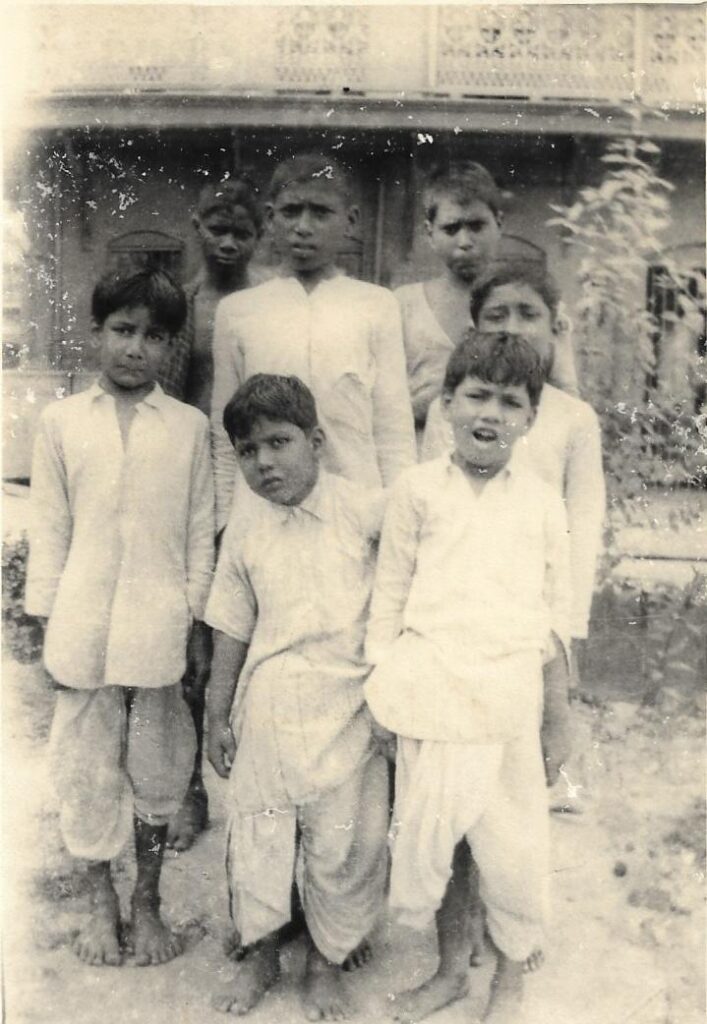
Noren Singh Nahar (standing in the middle of first row).
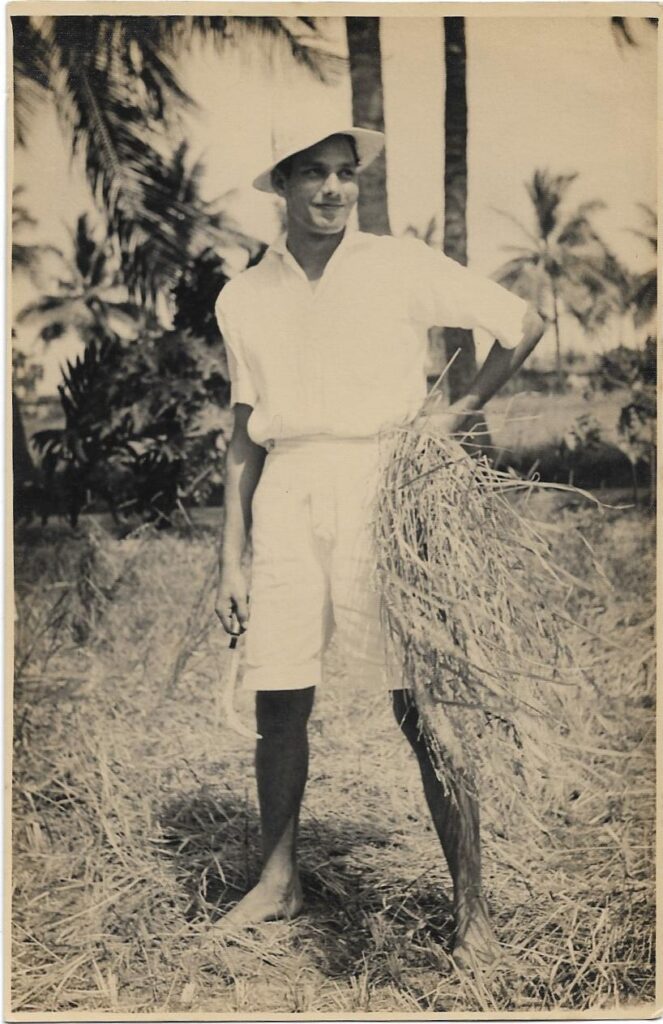
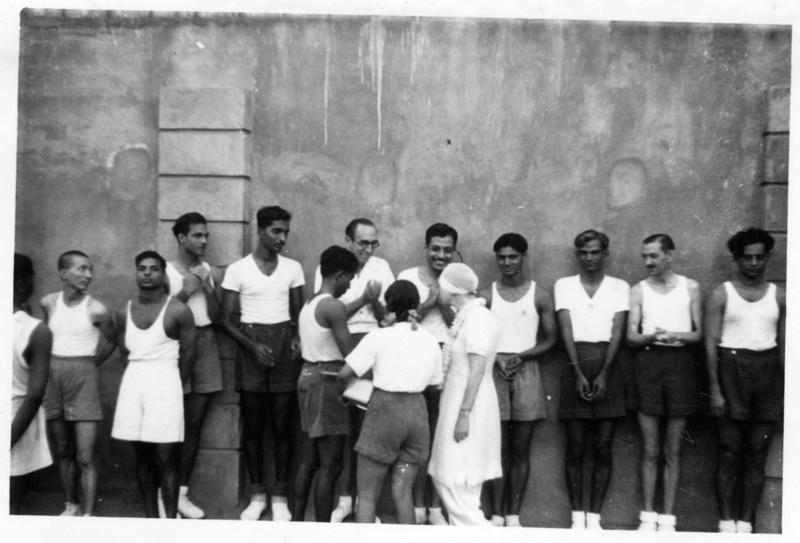
From left to right: Biren Chunder, Noren Singh Nahar, Arun Ganguli, Pavitra, Soli Albless, Gangaram Malwade, Kishor Gandhi, Norman Dowsett and Jayantilal Parekh with the Mother at the Playground on 23 April 1950.

Same as above.
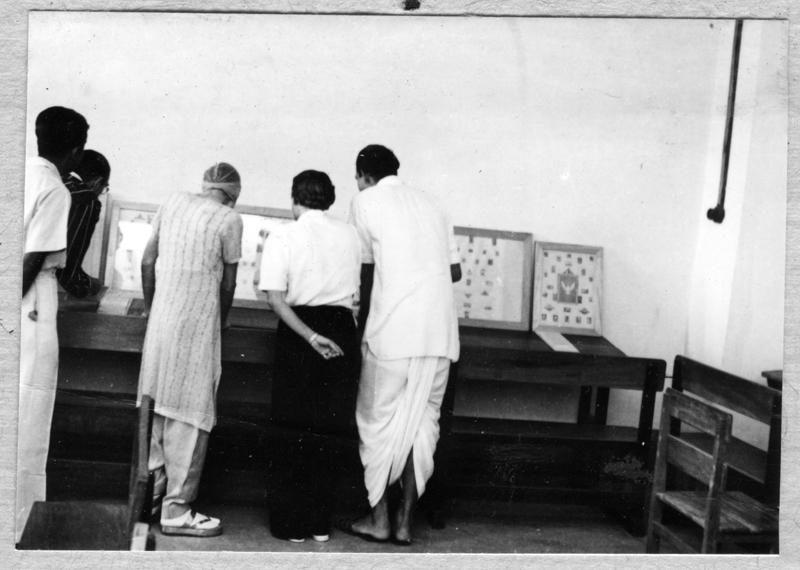
Noren Singh Nahar (extreme right) with Madeleine, Pavitra and the Mother at a Stamp Exhibition on 25 December 1951.
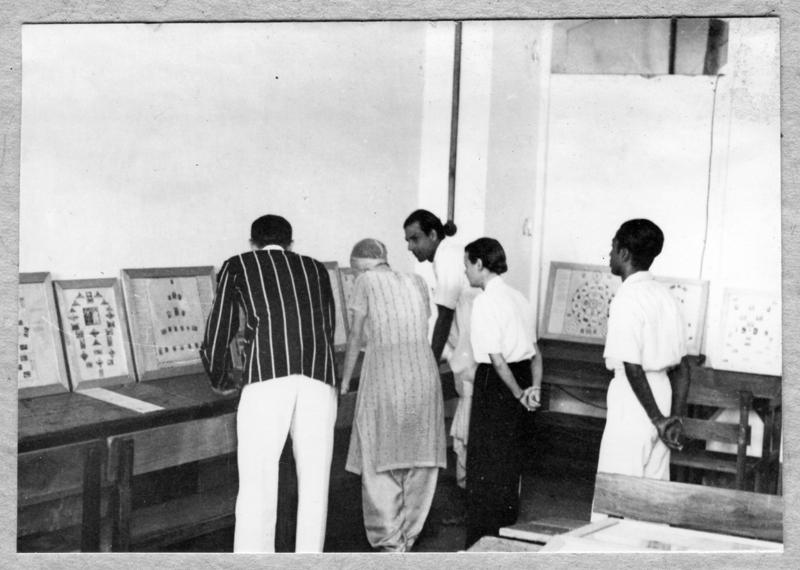
Noren Singh with the Mother, Pavitra, Madeleine and Amiyo Ranjan Ganguli at the Stamp Exhibition arranged on 25 December 1951.

Same as above. Also seen Pranab Kumar Bhattacharya.
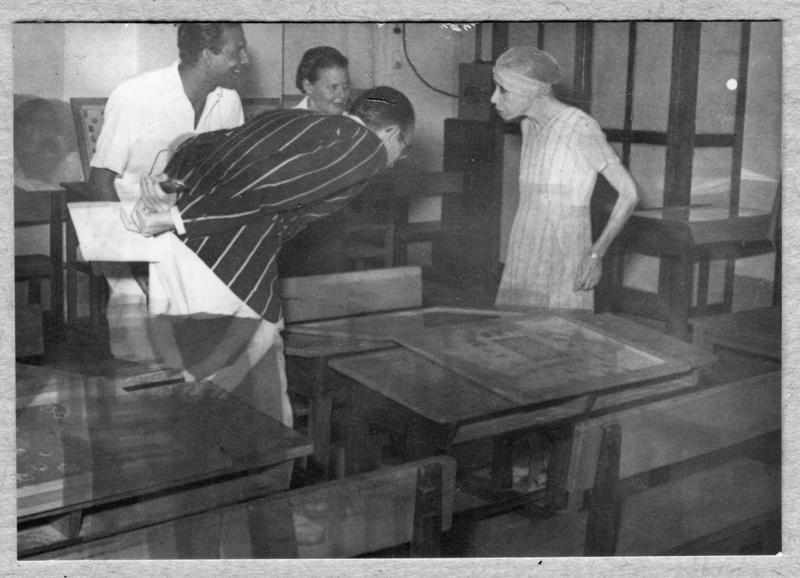
Same as above.
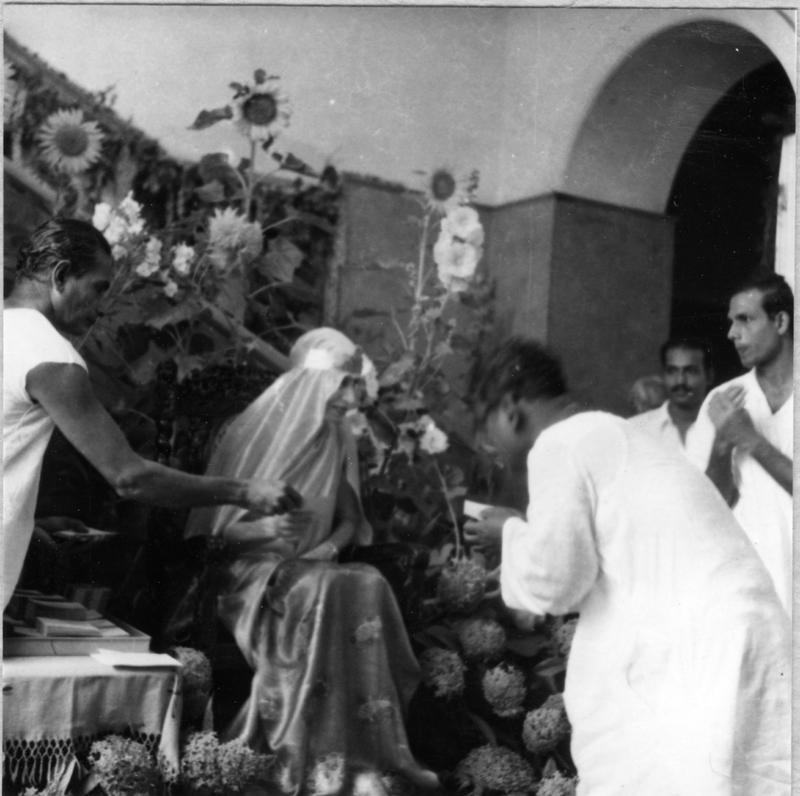
Noren Singh Nahar with the Mother on 5 October 1954.
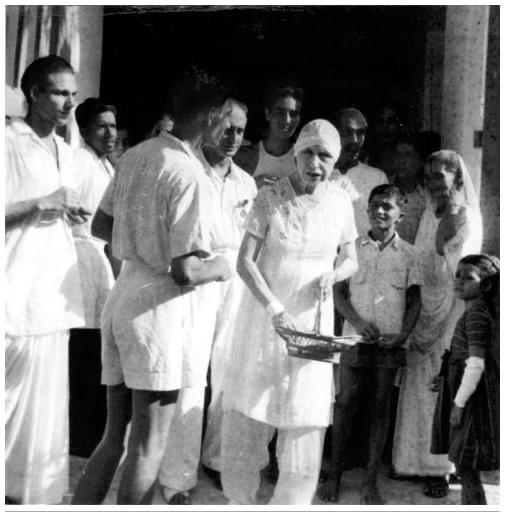
Noren Singh Nahar with the Mother.
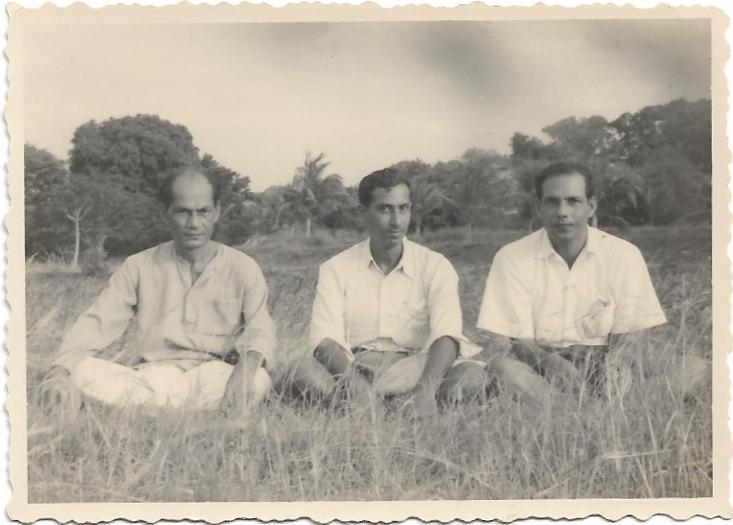
From left to right: Nirodbaran Talukdar, Robi Gupta and Noren Singh Nahar in 1964.
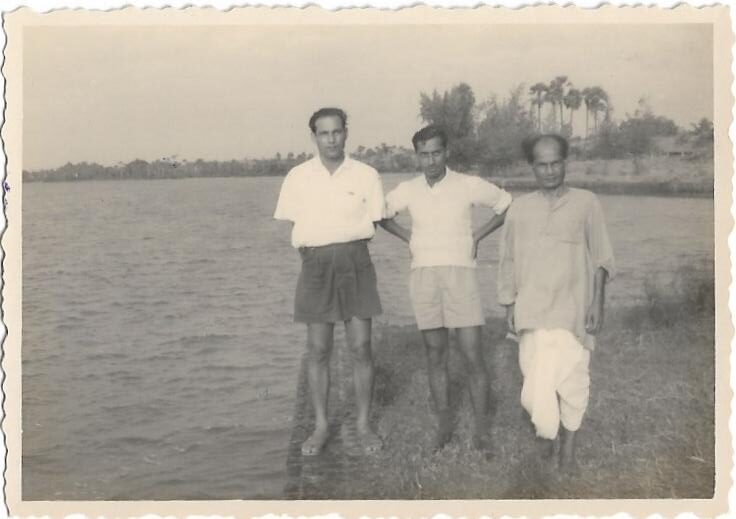
Same as above.
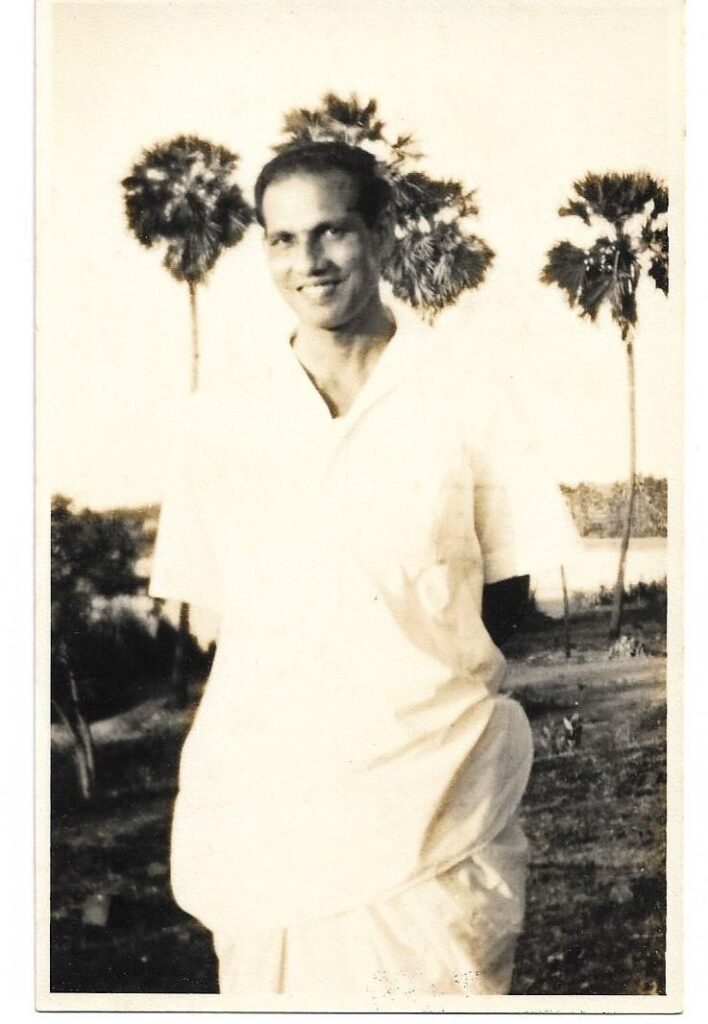
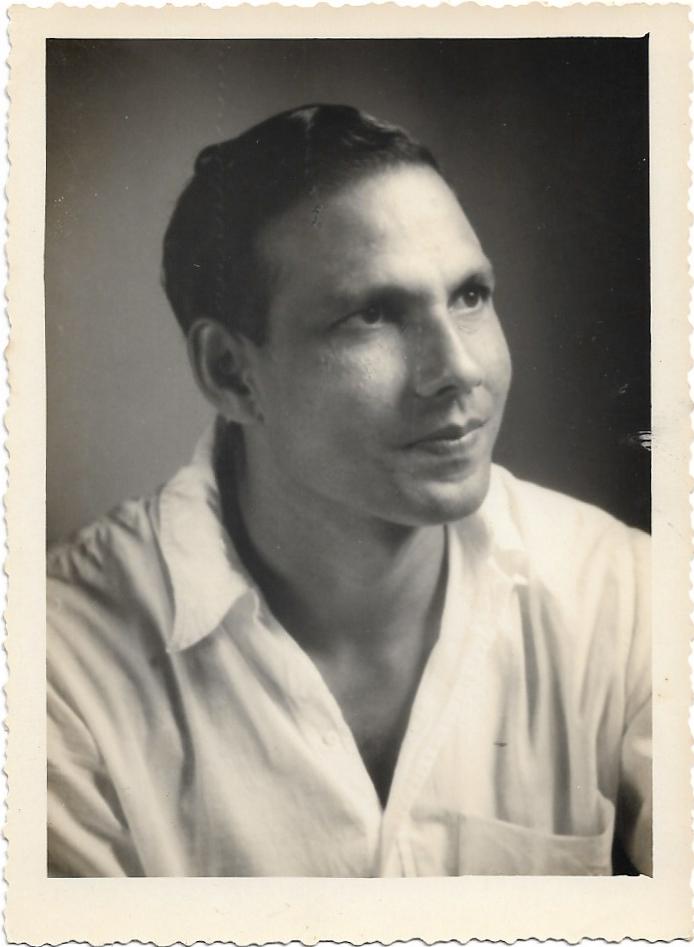
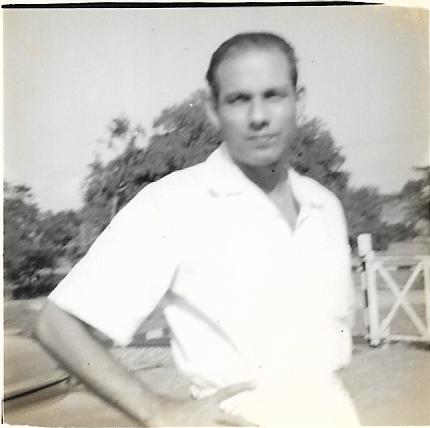
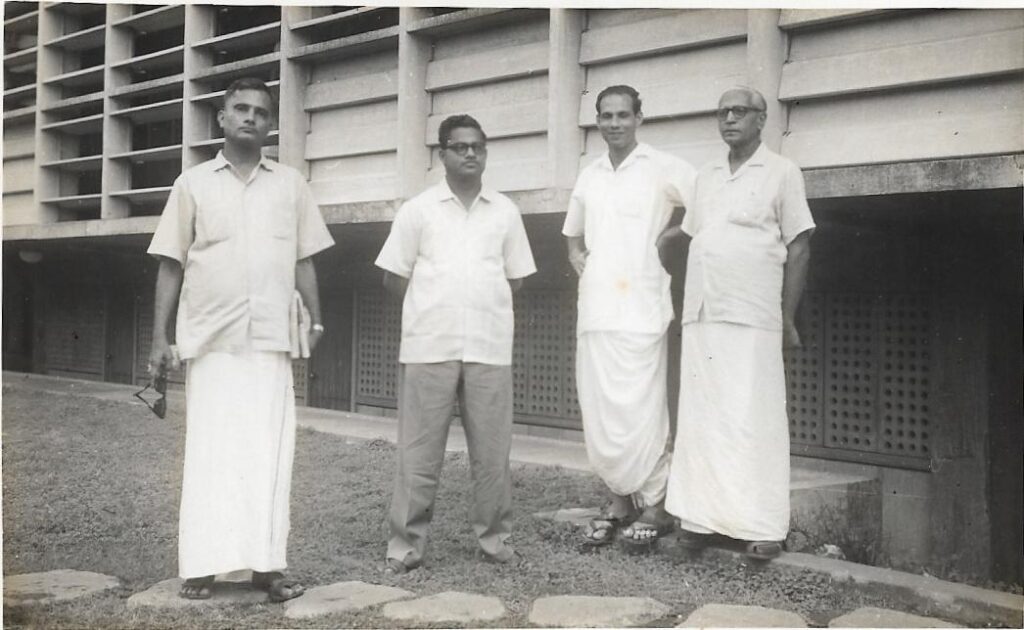
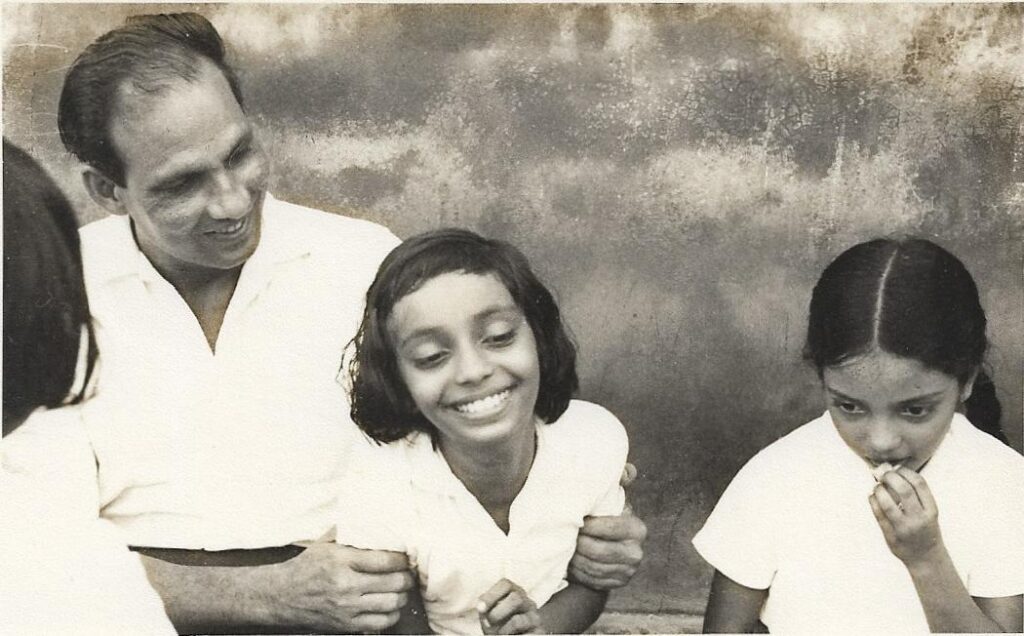
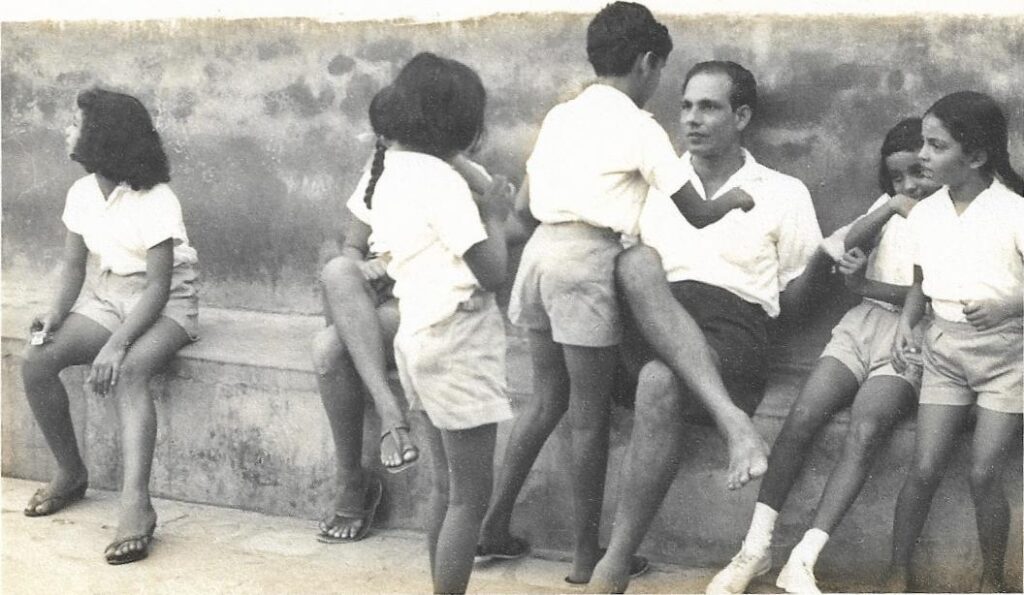
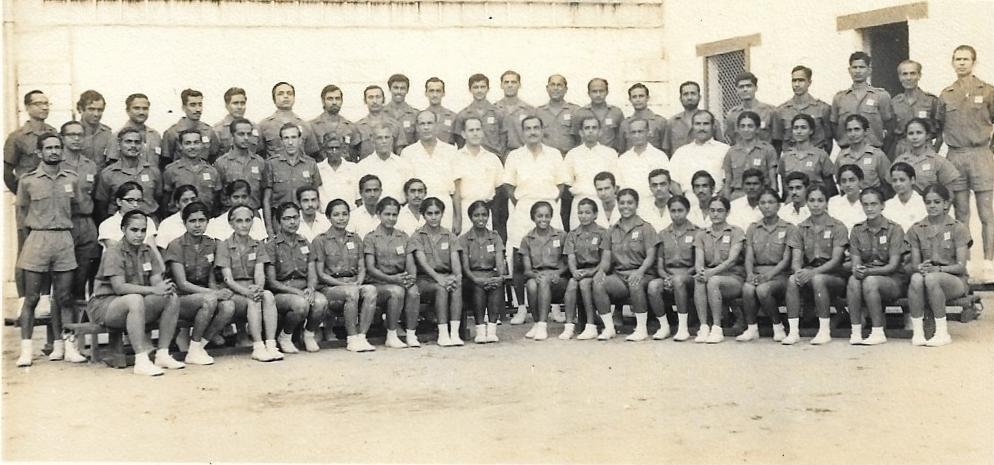
Noren Singh Nahar with Pranab Kumar Bhattacharya and other captains of Physical Education Department in August 1973.
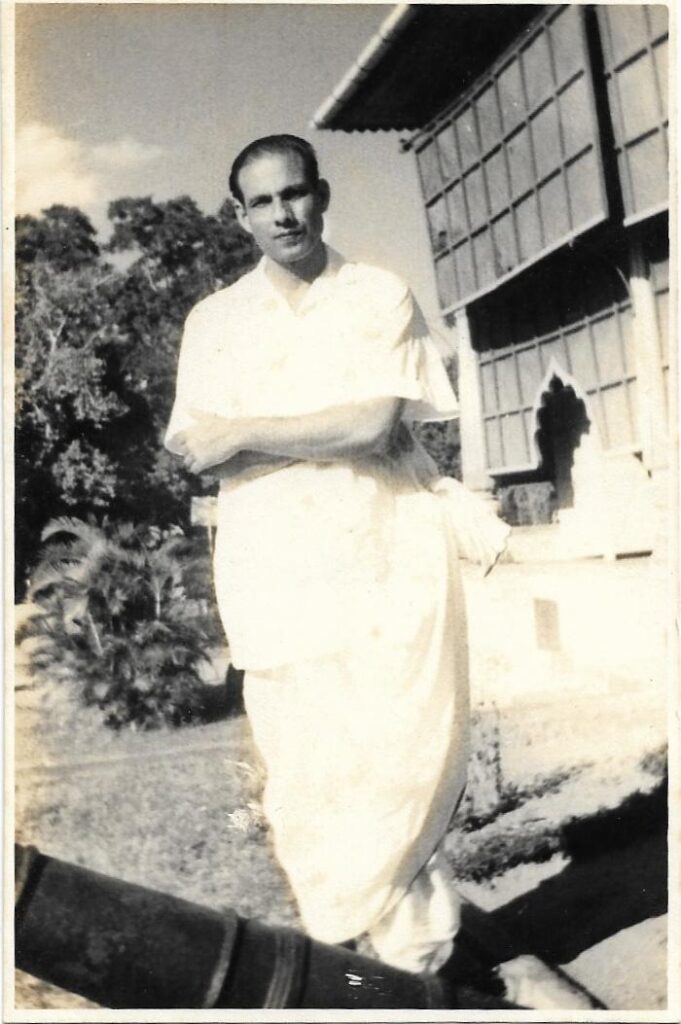
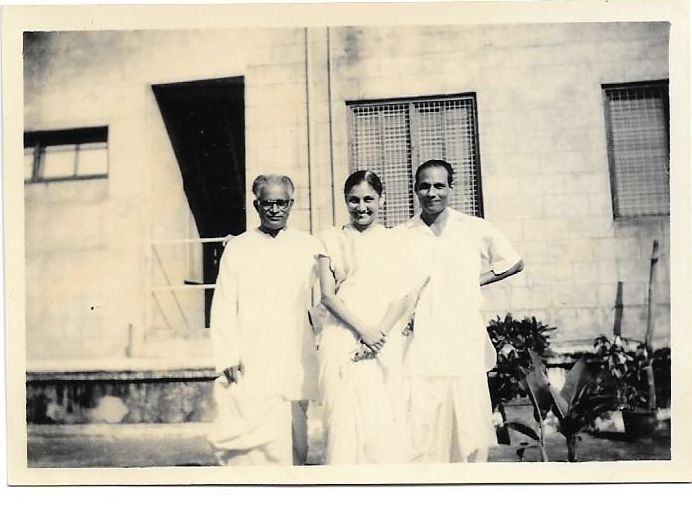
Noren Singh Nahar with Himangshu Niyogi and Sujata Nahar.
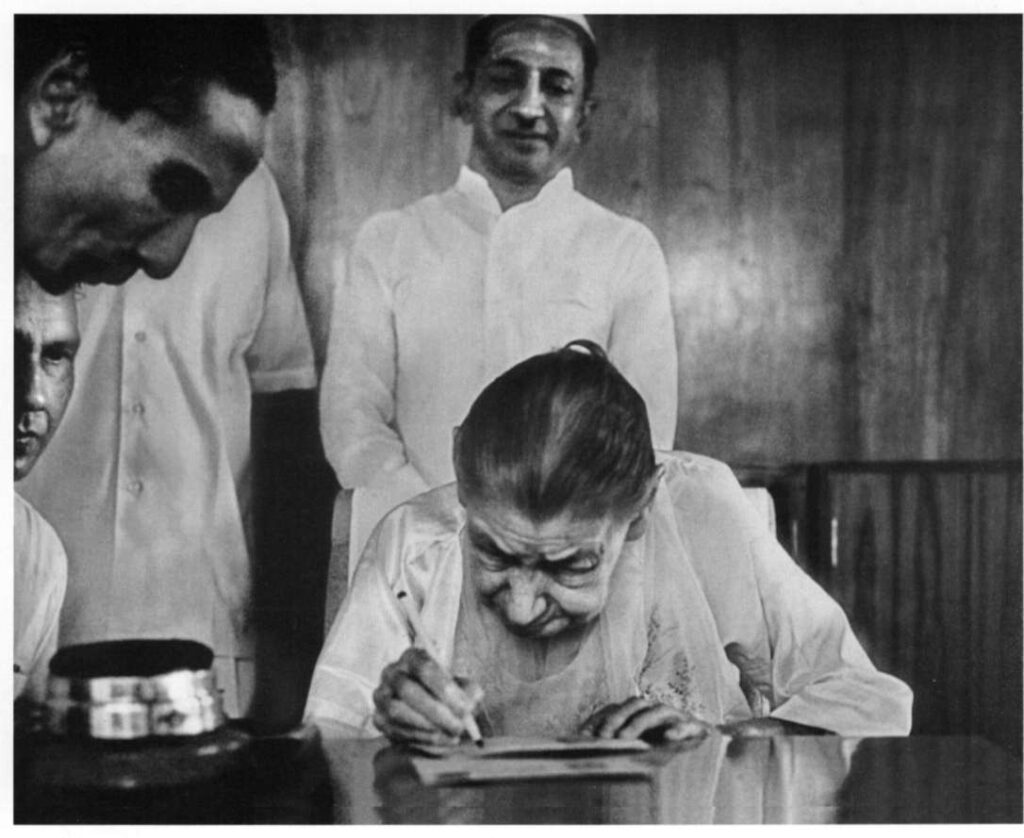
Noren Singh Nahar with the Mother, B. D. Jatti and P. Counouma in the Mother’s room on 15 August 1972. The Mother is seen affixing a special cancellation of the stamp on Sri Aurobindo in Her room.
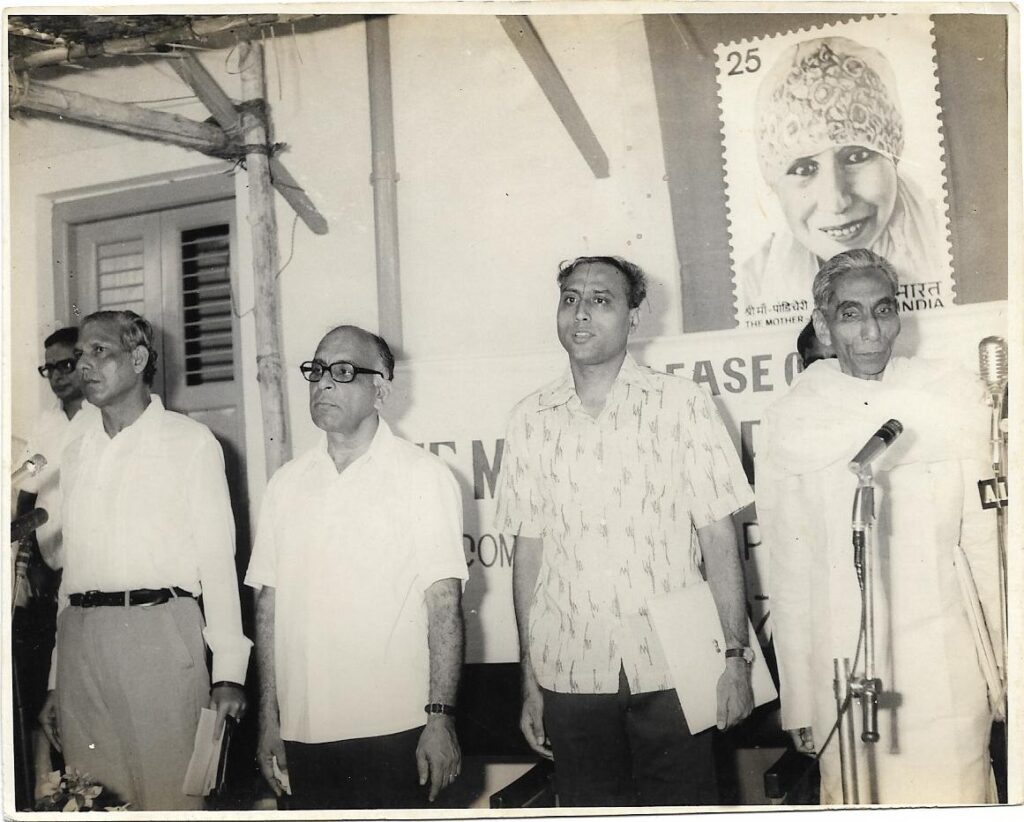
Noren Singh Nahar with P. Counouma (extreme right) at the release of the stamp on the Mother in 1978.
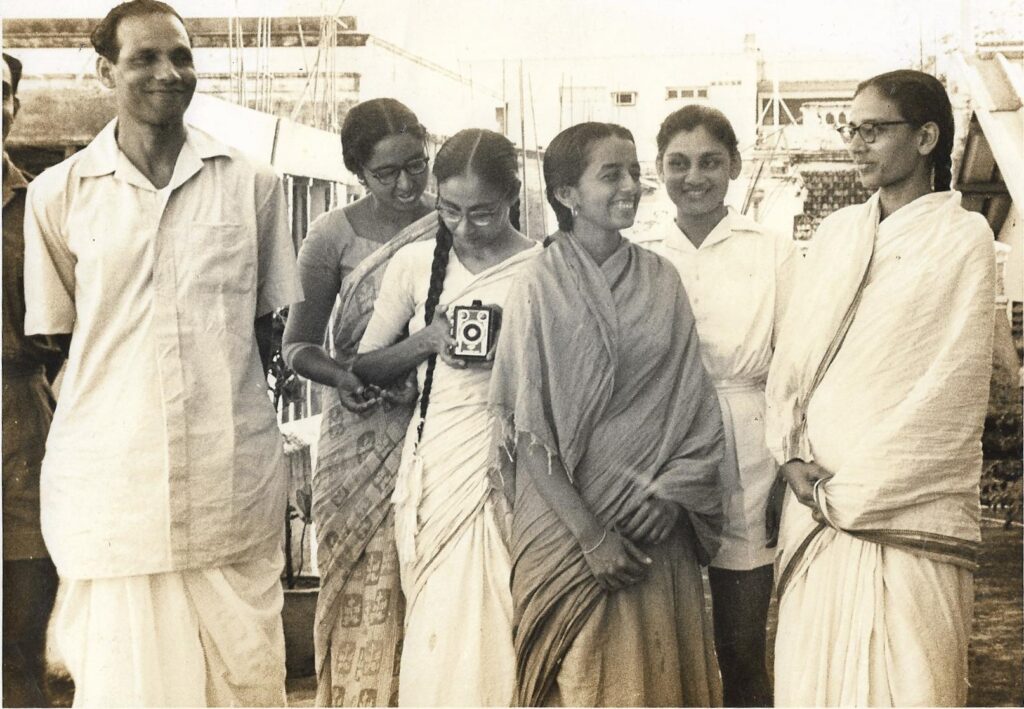
Noren Singh Nahar with his three sisters: Sujata, Sumitra and Suprabha.
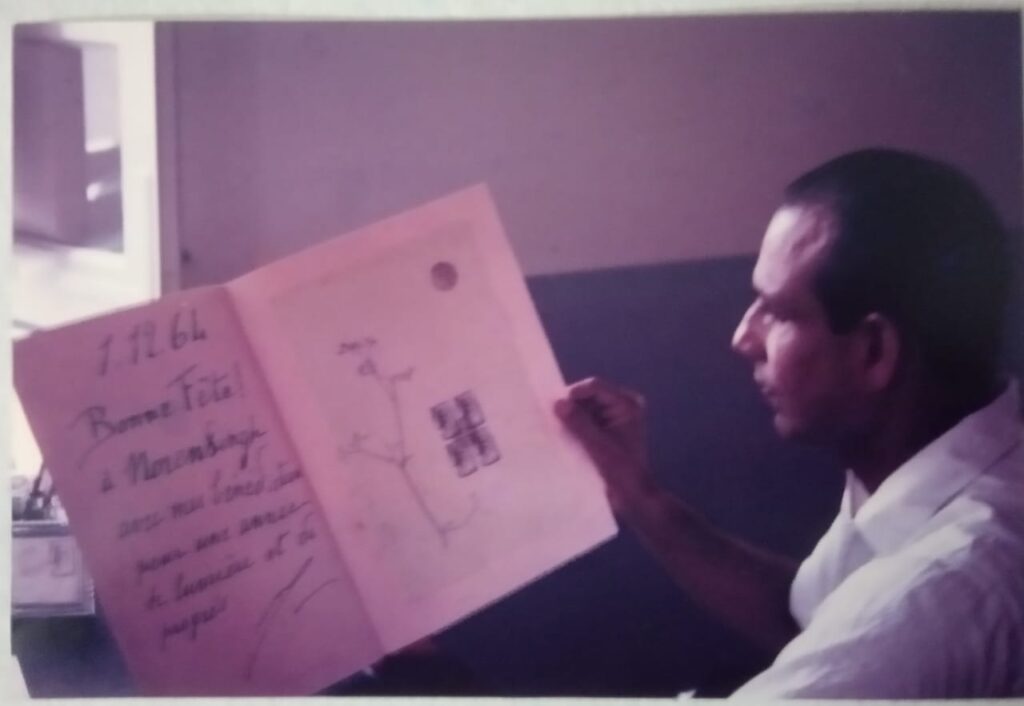
Noren Singh Nahar with a birthday received from the Mother on 1 December 1964.


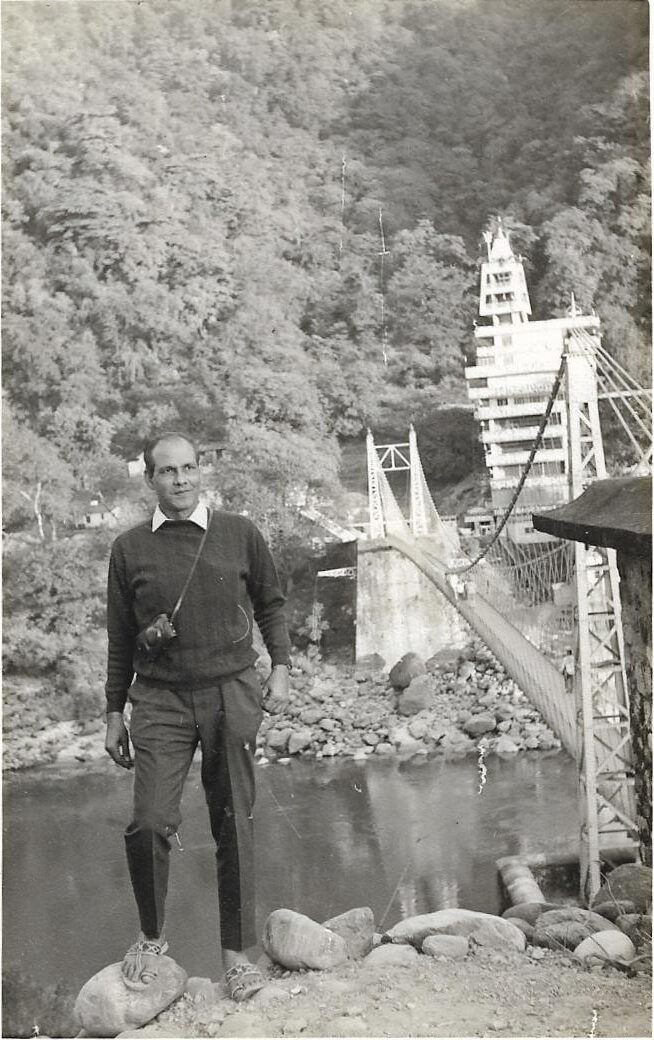
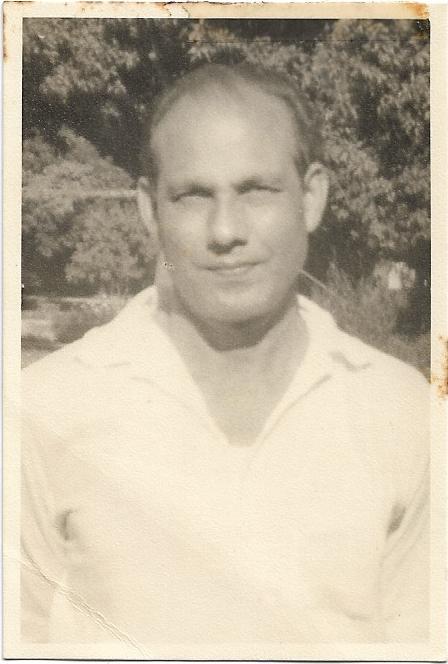
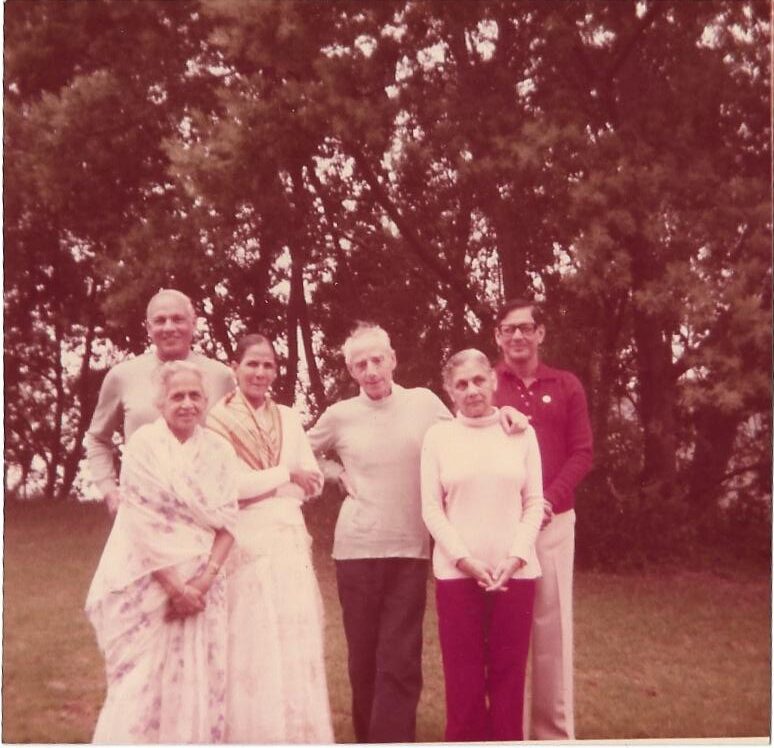
Noren Singh Nahar with Rajsena Nahar, Suprabha Nahar, Satprem, Sujata Nahar and Abhay Singh Nahar.
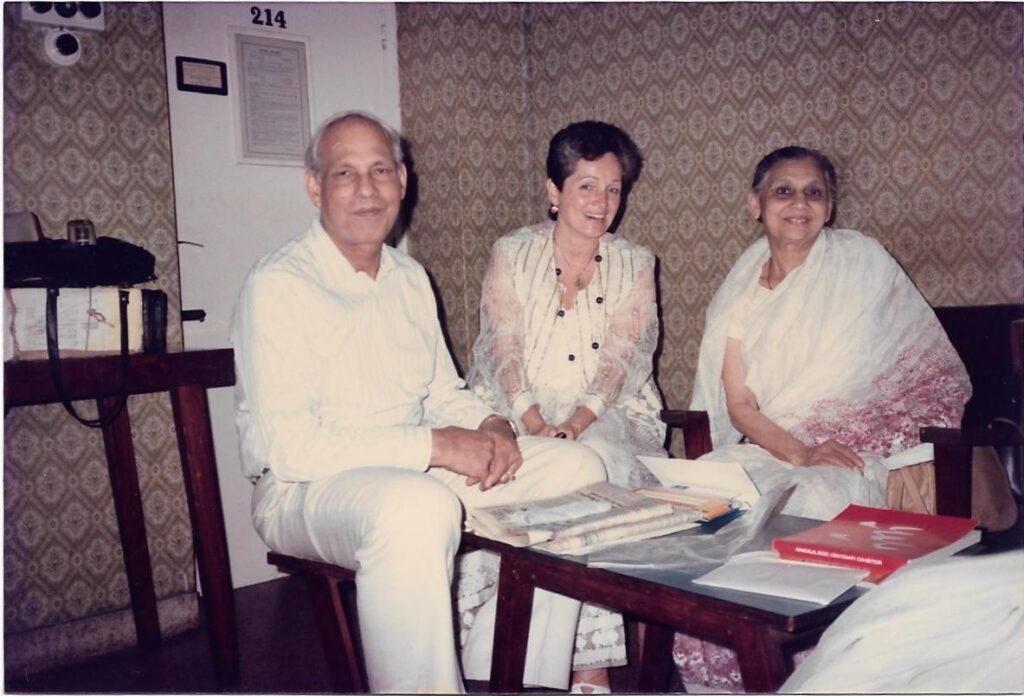
Noren Singh Nahar and Sujata Nahar with a friend.

Noren Singh Nahar, Sujata Nahar, Satprem and Abhay Singh Nahar.
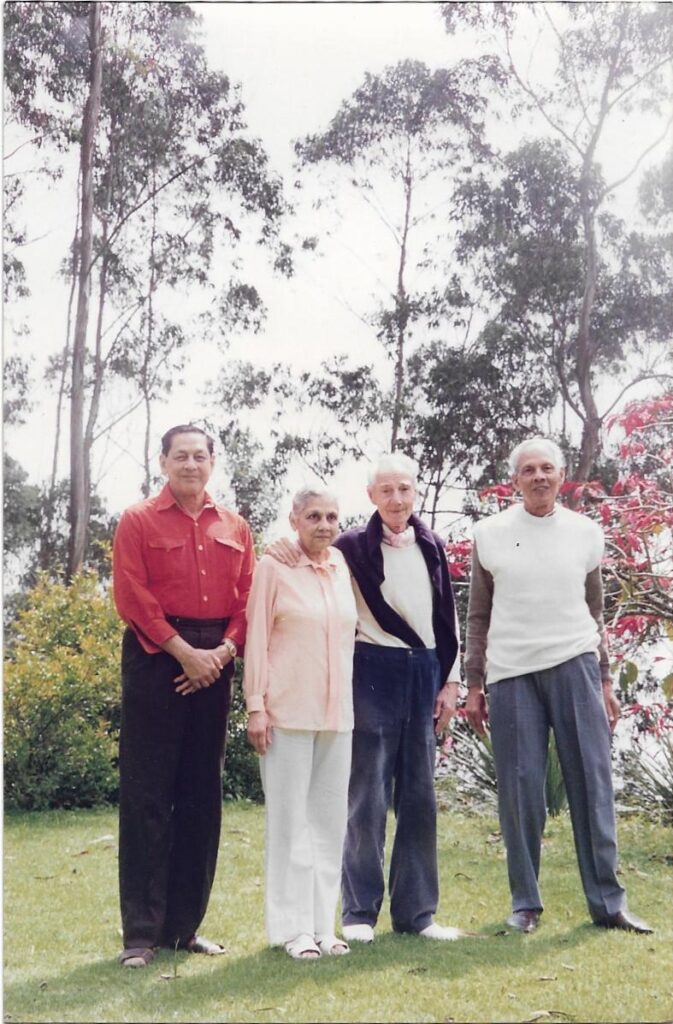
Abhay Singh Nahar, Sujata Nahar, Satprem and Noren Singh Nahar.
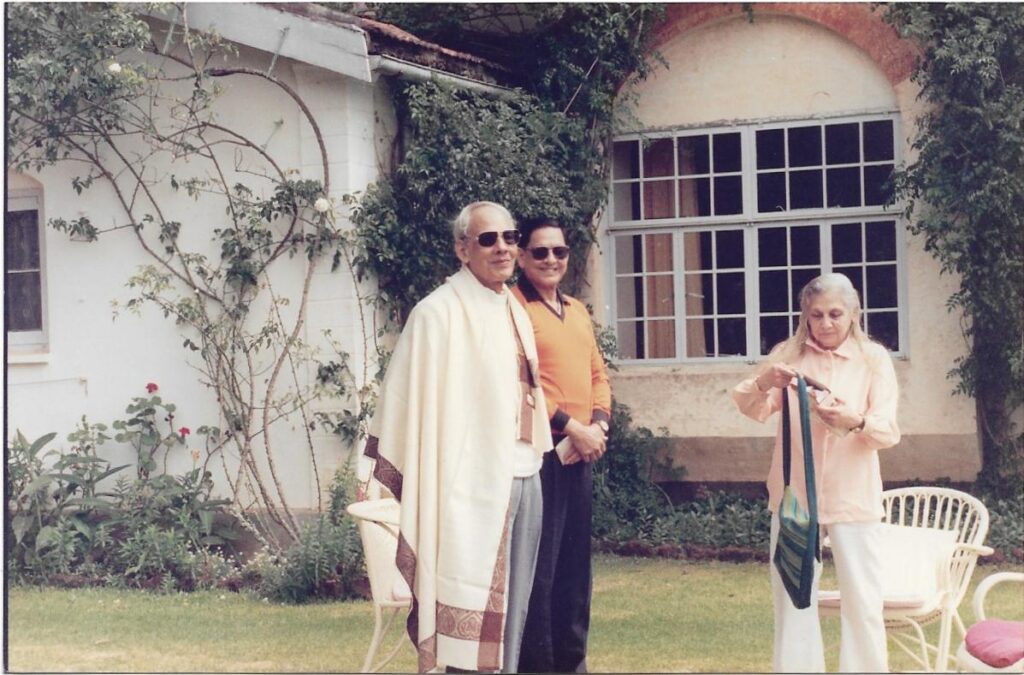
Noren Singh Nahar with Abhay Singh Nahar and Sujata Nahar.
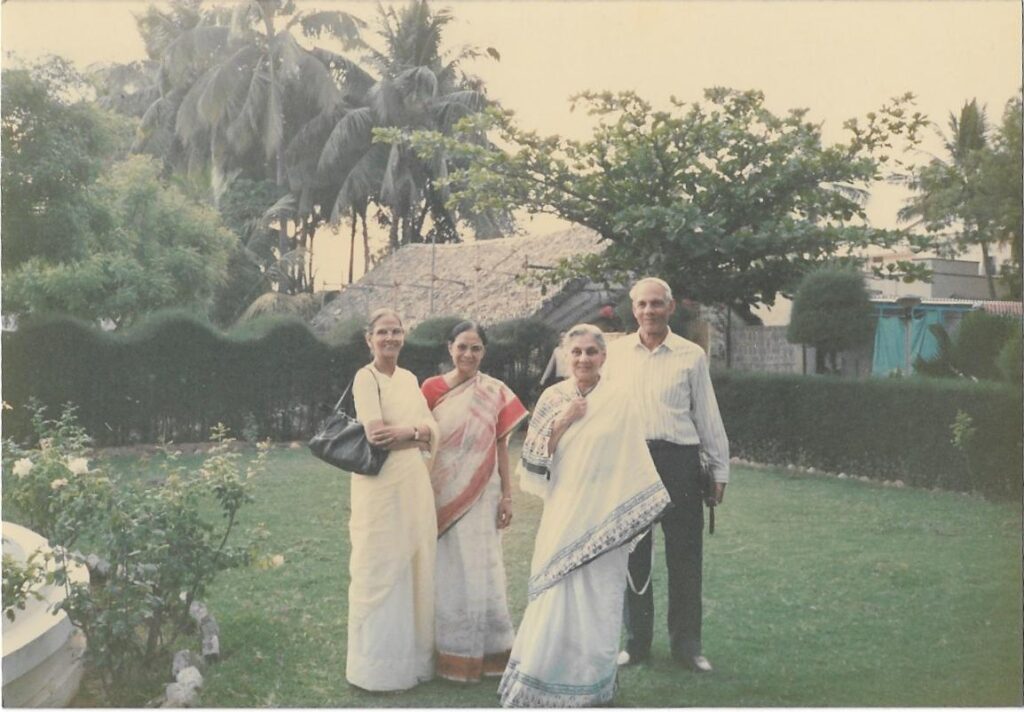
Noren Singh Nahar with his three sisters: Suprabha, Sumitra and Sujata.
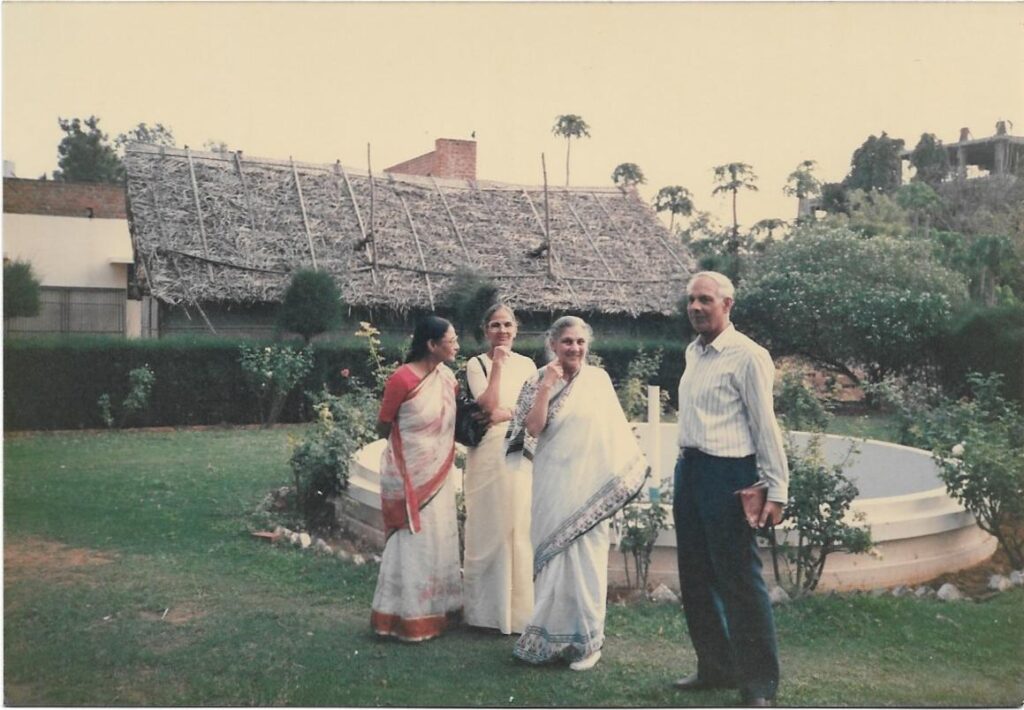
Noren Singh Nahar with his three sisters: Sujata, Suprabha and Sumitra.
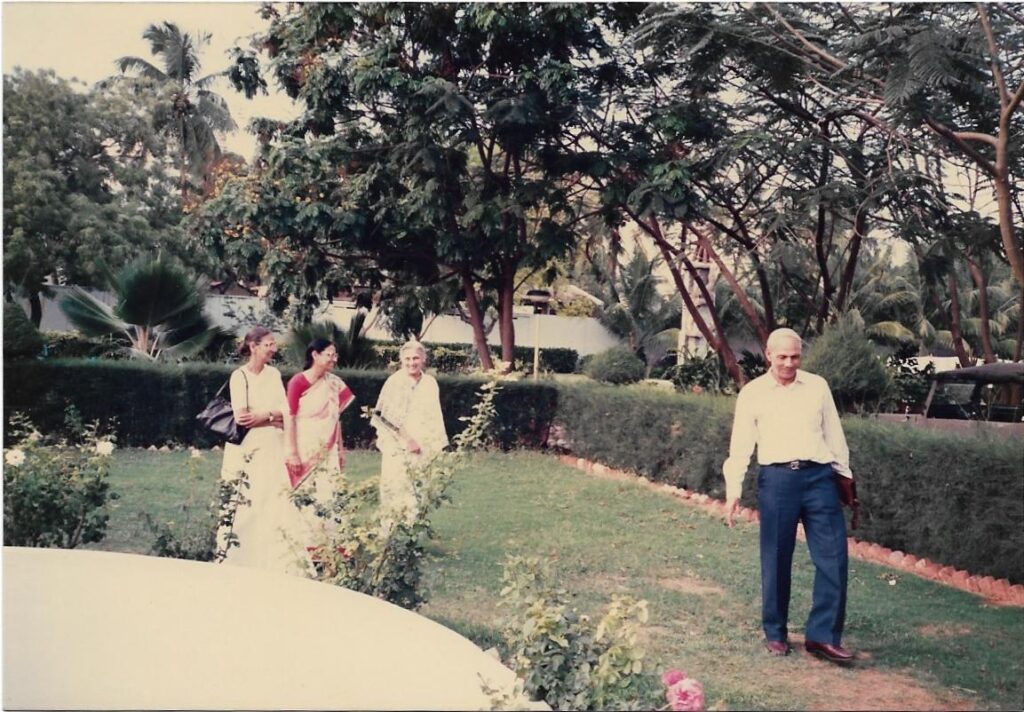
Same as above.
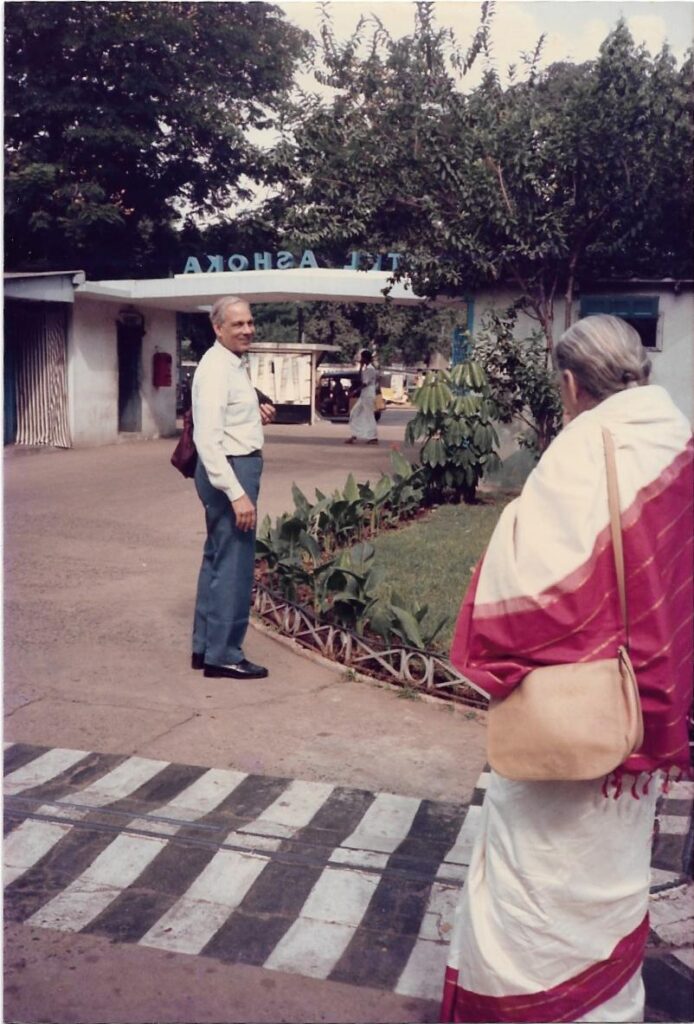
Noren Singh Nahar with Sujata Nahar.

Noren Singh Nahar with Sujata Nahar and Abhay Singh Nahar.
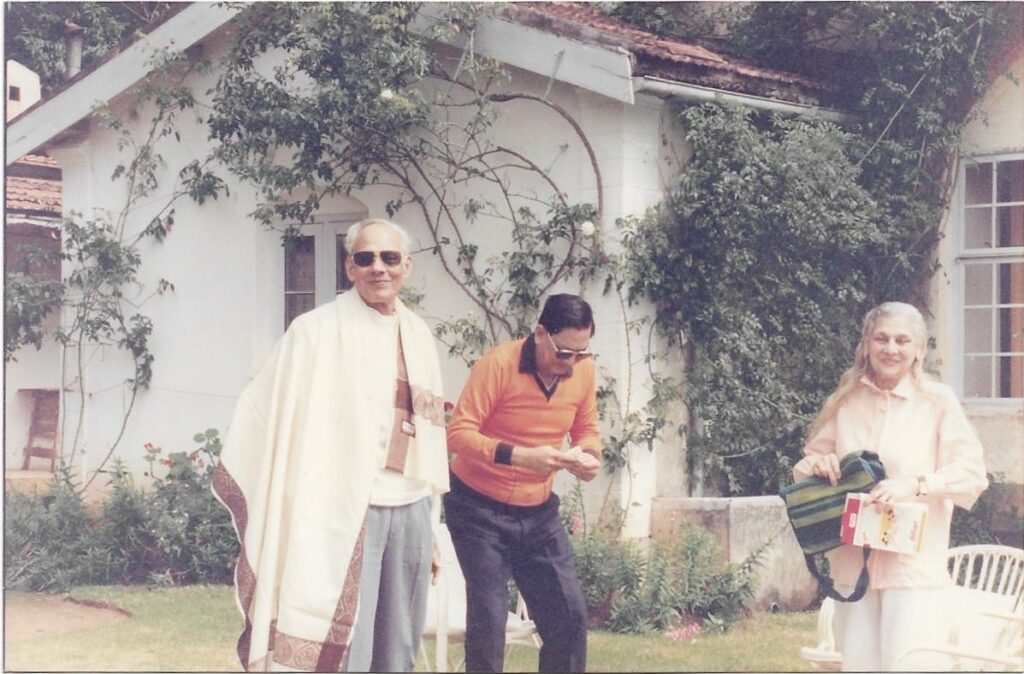
Same as above.
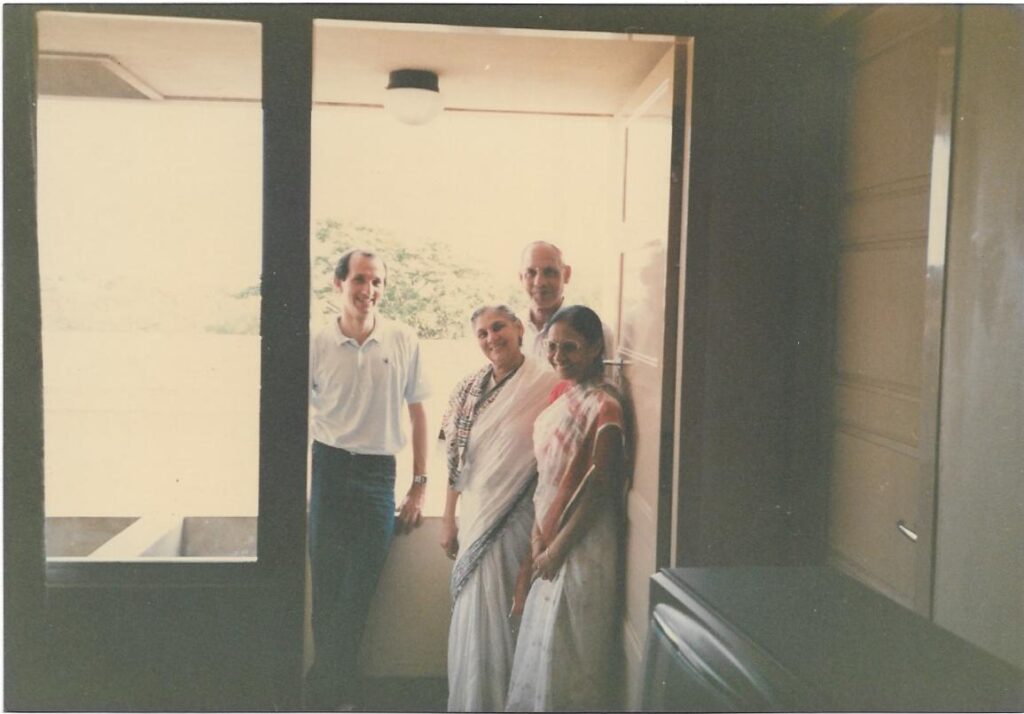
Noren Singh with Sujata Nahar, Sumitra Cazade and a friend.
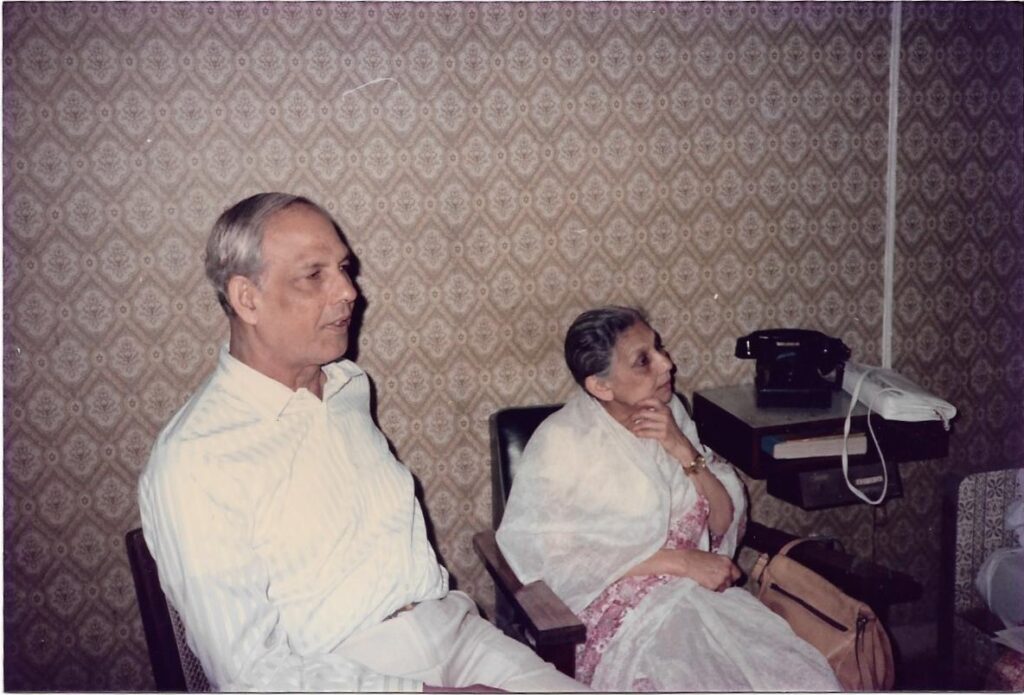
Noren Singh Nahar with Sujata Nahar.
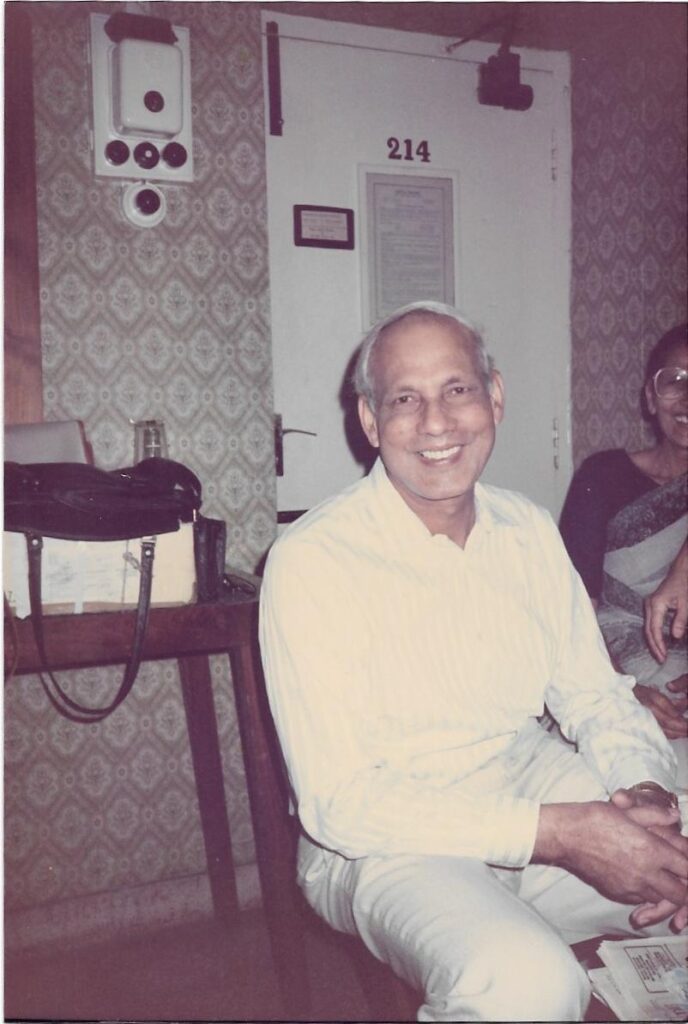
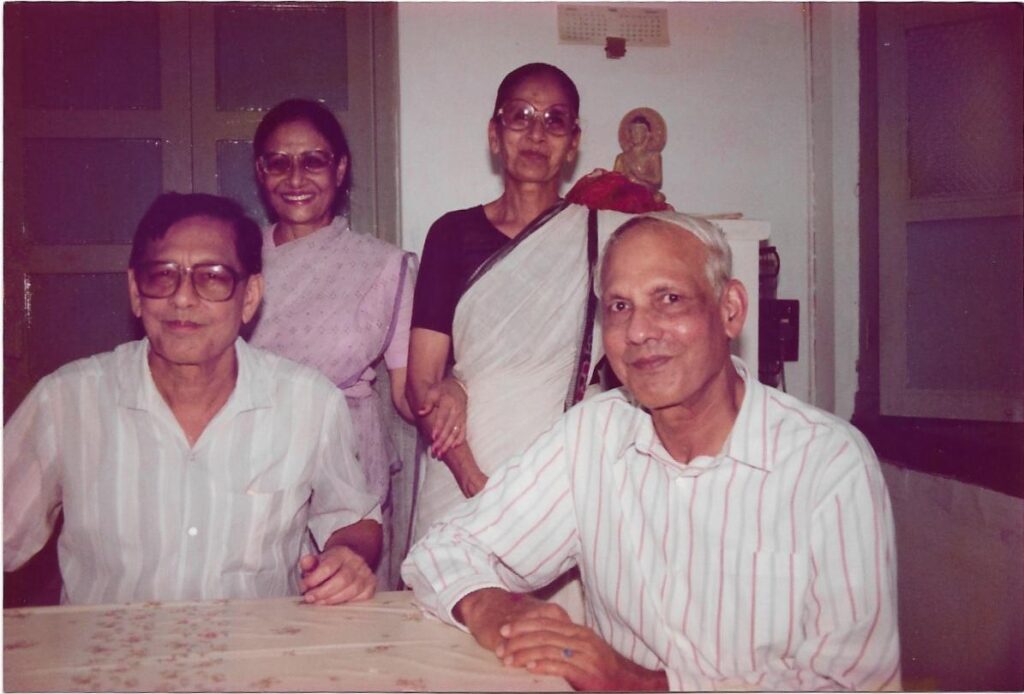
Noren Singh Nahar with Abhay Singh Nahar, Sumitra Cazade and Suprabha Nahar.
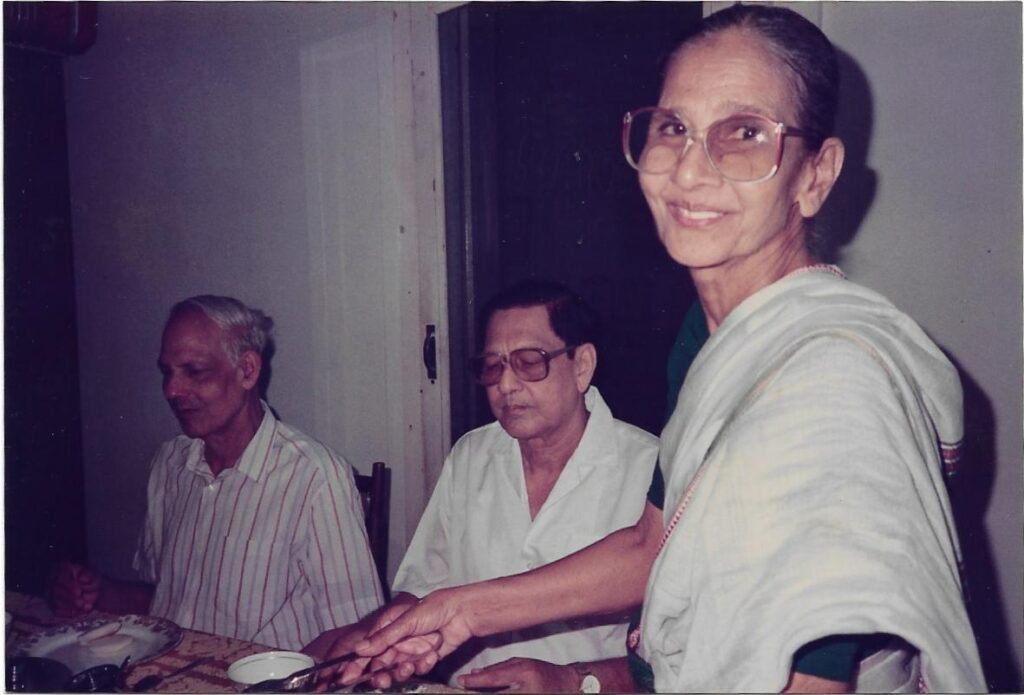
Noren Singh Nahar with Abhay Singh Nahar and Suprabha Nahar.

Noren Singh Nahar in Paris in 1982.
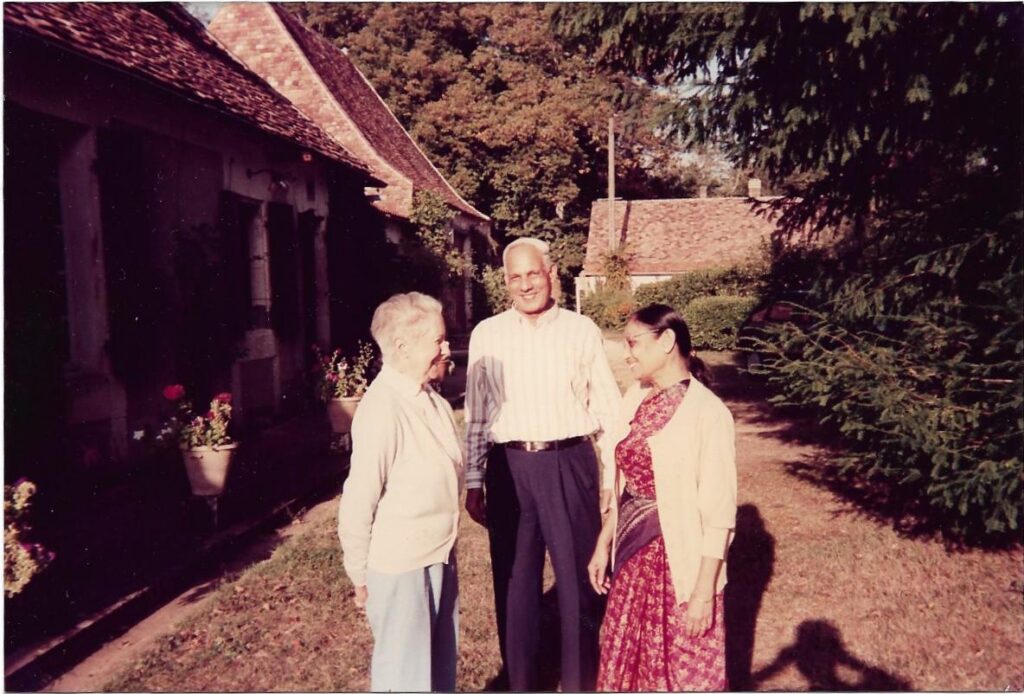
Noren Singh Nahar with Sumitra Cazade and Wanda Morisset, the Mother’s daughter-in-law.

Noren Singh Nahar and Suprabha Nahar in the office of the Department of Philately.
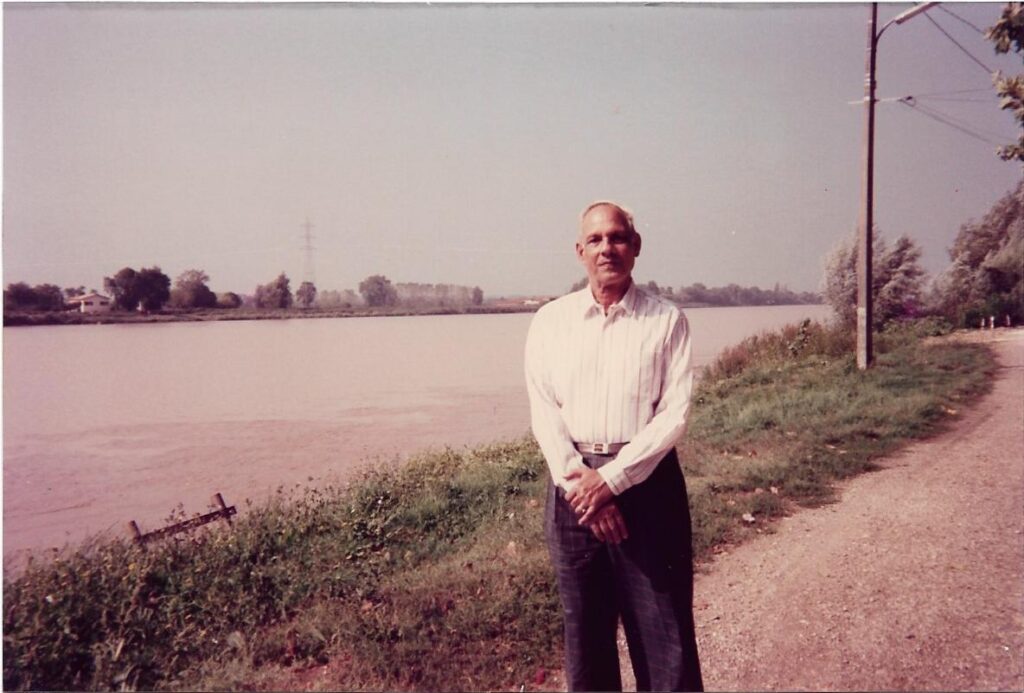

Noren Singh Nahar with Abhay Singh Nahar, Suprabha Nahar and Bernard Cazade.

Noren Singh Nahar with Suprabha Nahar, Sumitra Cazade and Abhay Singh Nahar.

Noren Singh Nahar with Abhay Singh Nahar and Suprabha Nahar.
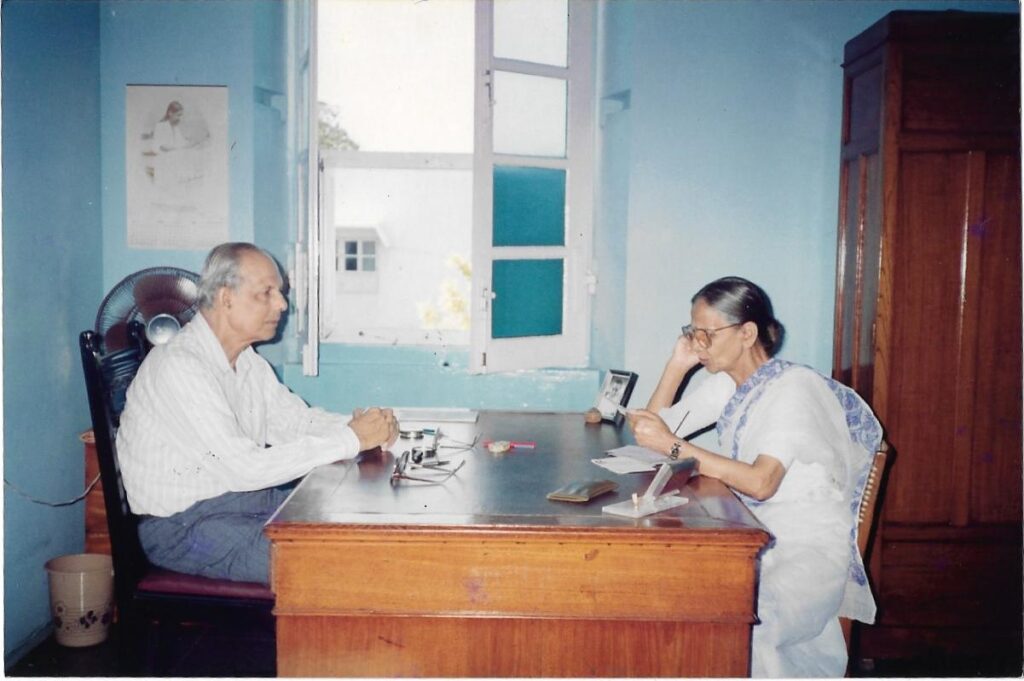
Two dedicated workers at work: Noren Singh Nahar and Suprabha Nahar.

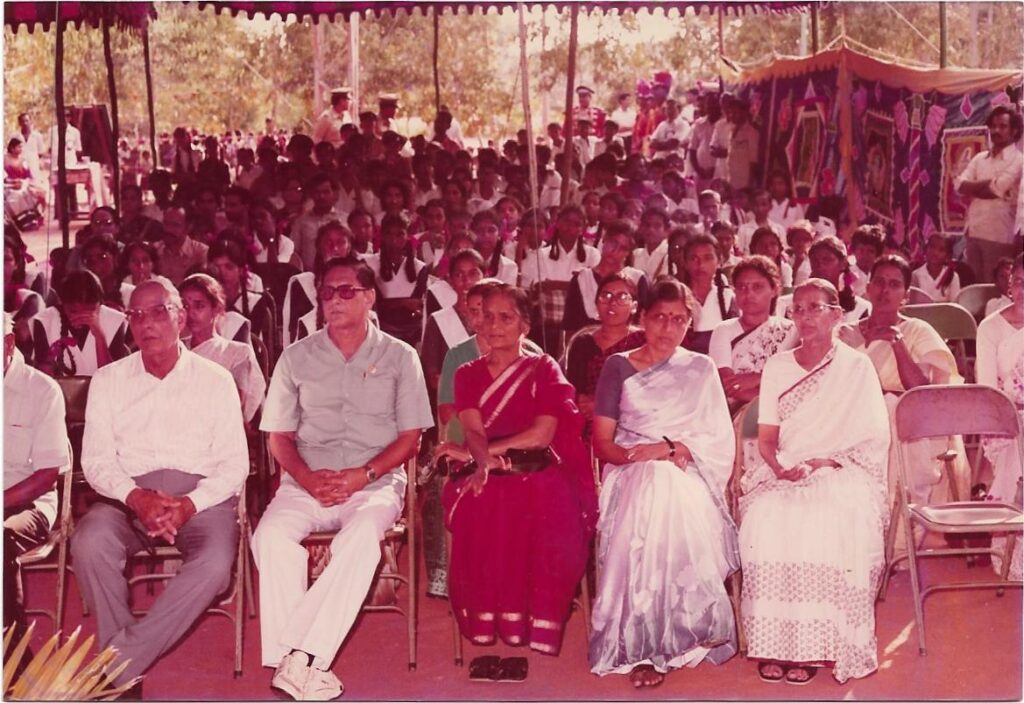
Noren Singh Nahar with Abhay Singh Nahar, Dhanavanti Nagda, Sudha Rai and Suprabha Nahar.
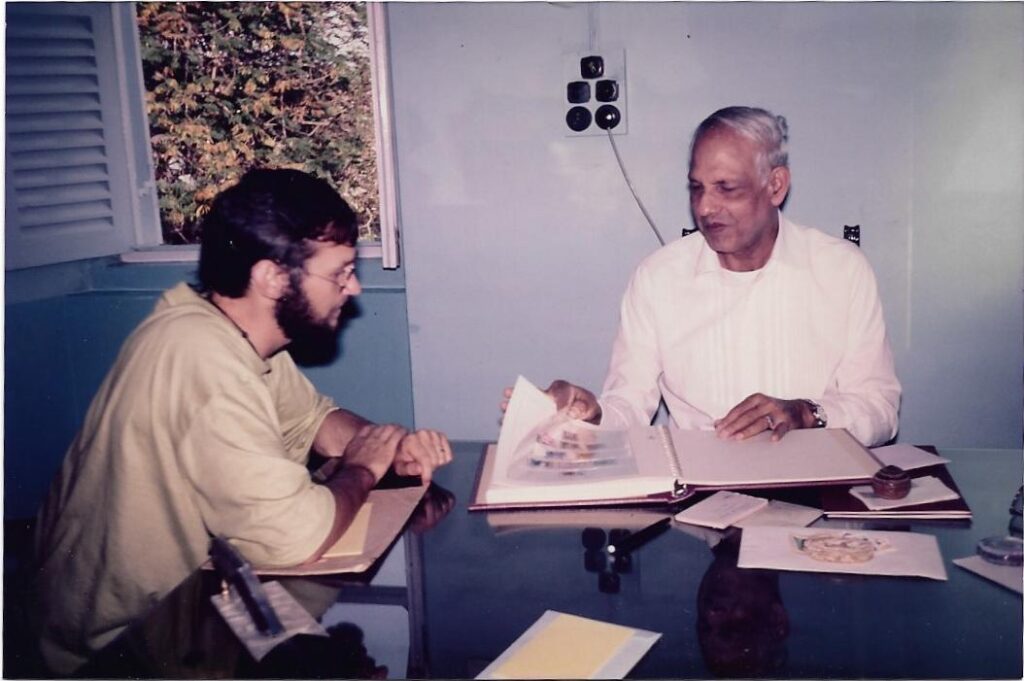
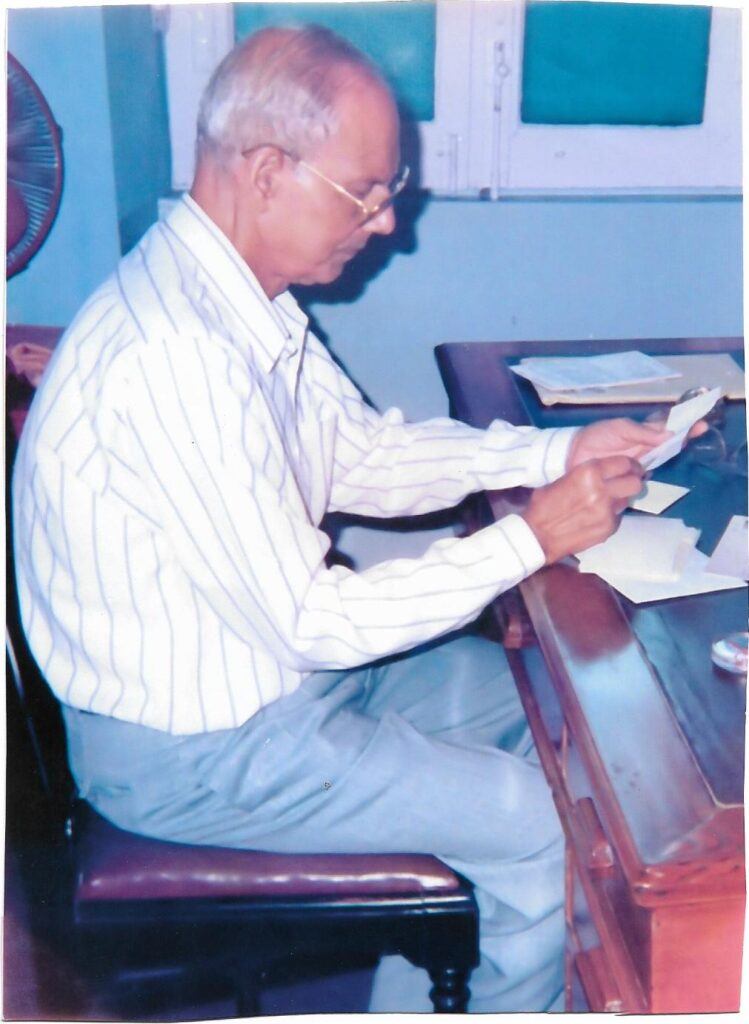
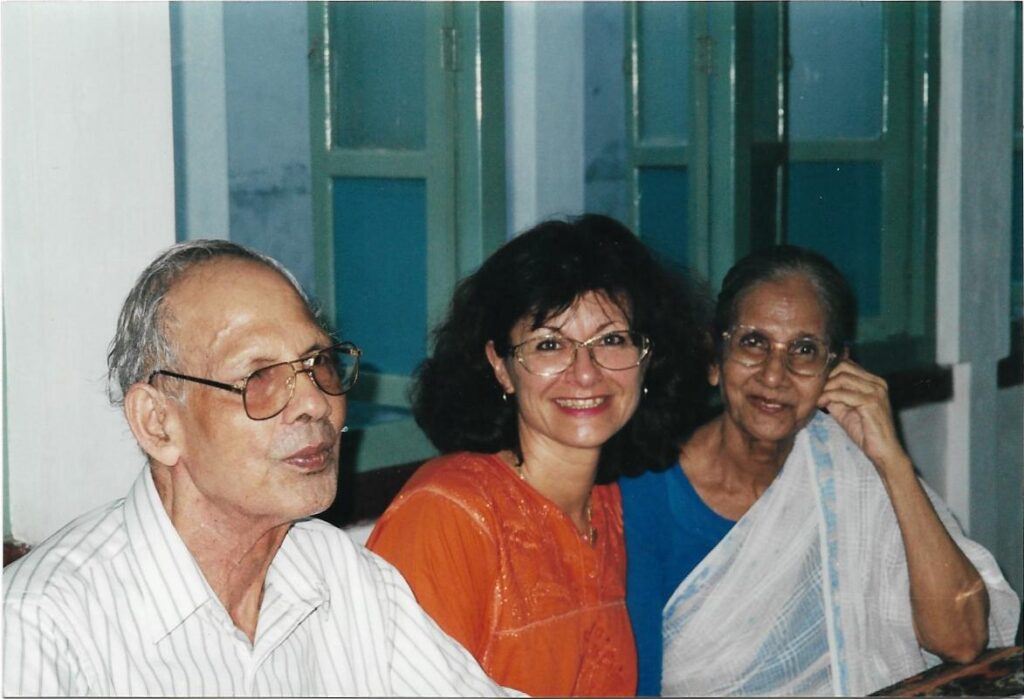
Noren Singh Nahar and Suprabha Nahar with a friend.
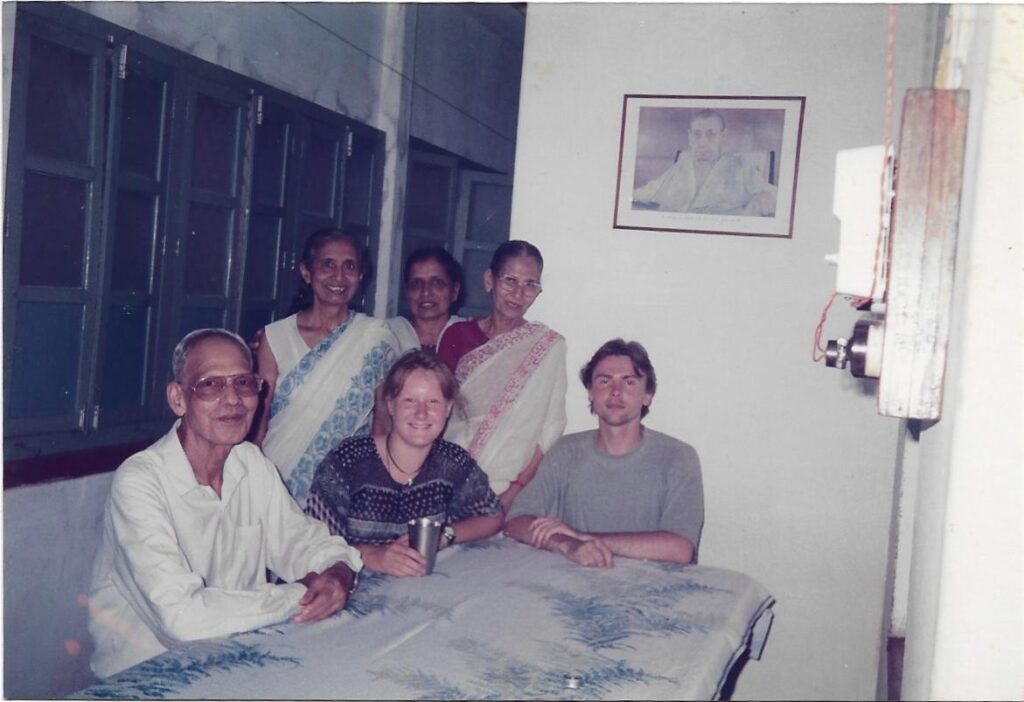
Noren Singh Nahar with Suprabha Nahar, Sushilaben and Sudha Rai.
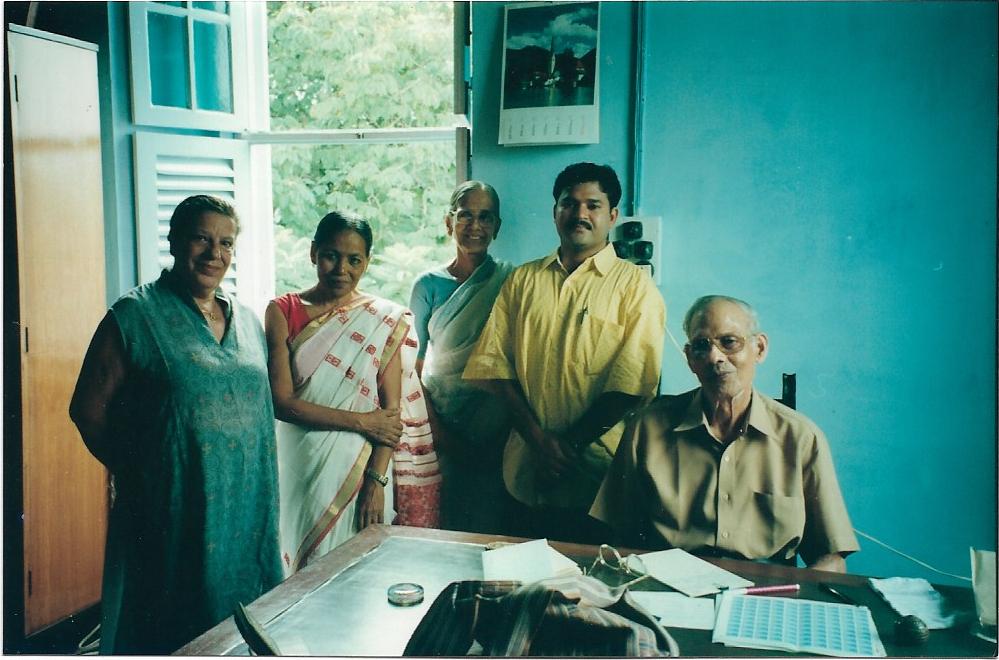
Noren Singh Nahar, Suprabha Nahar and Bani Mutsuddi in the office of the Department of Philately.
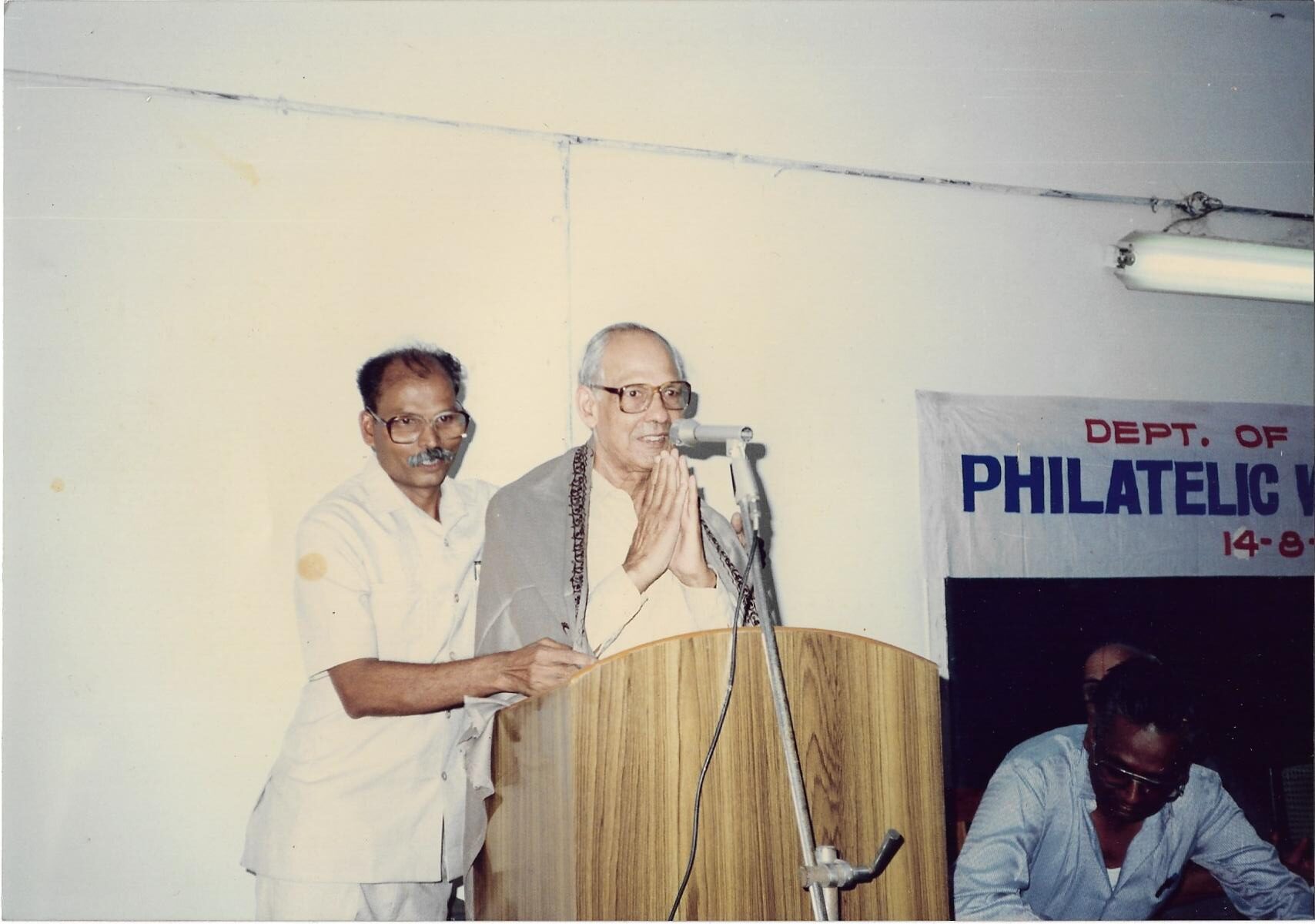
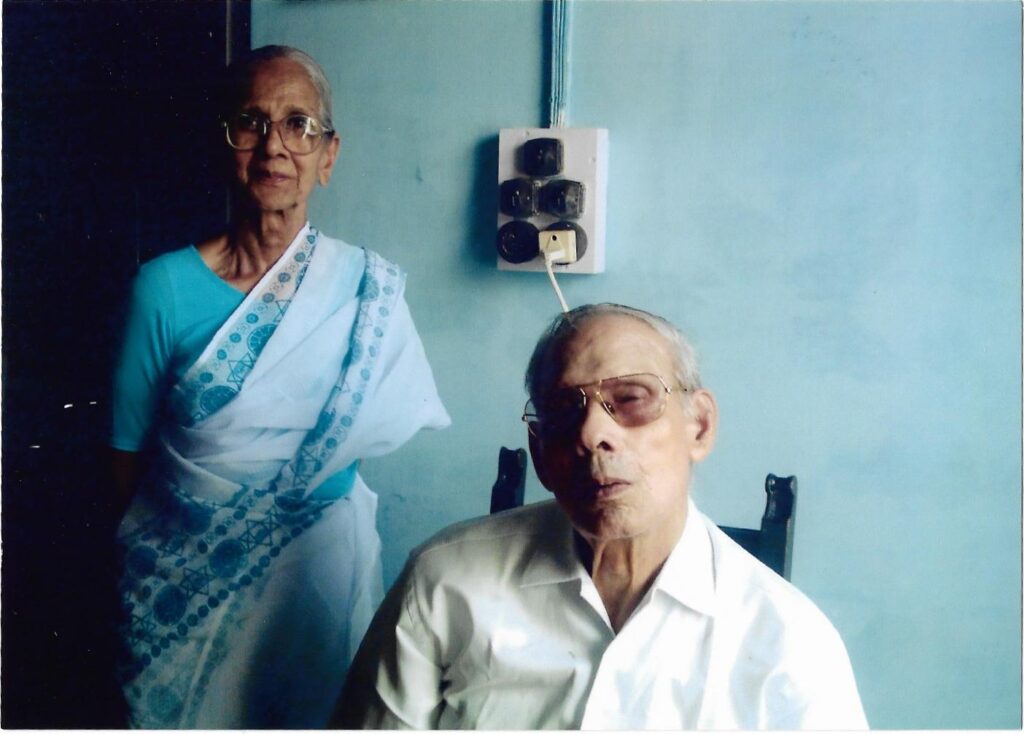
Noren Singh Nahar with Suprabha Nahar.
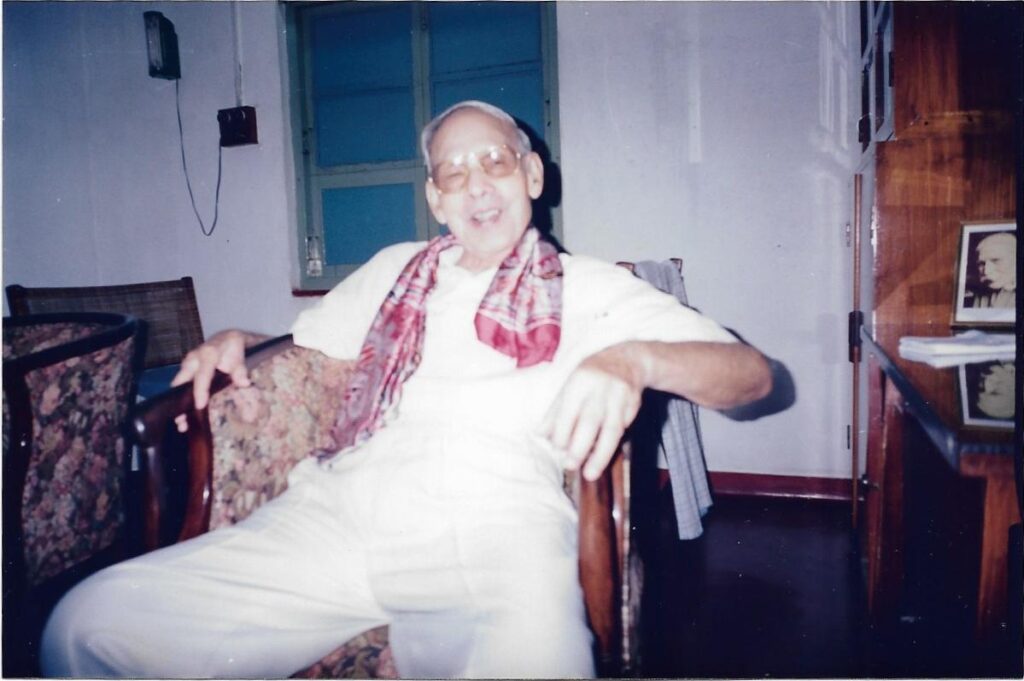
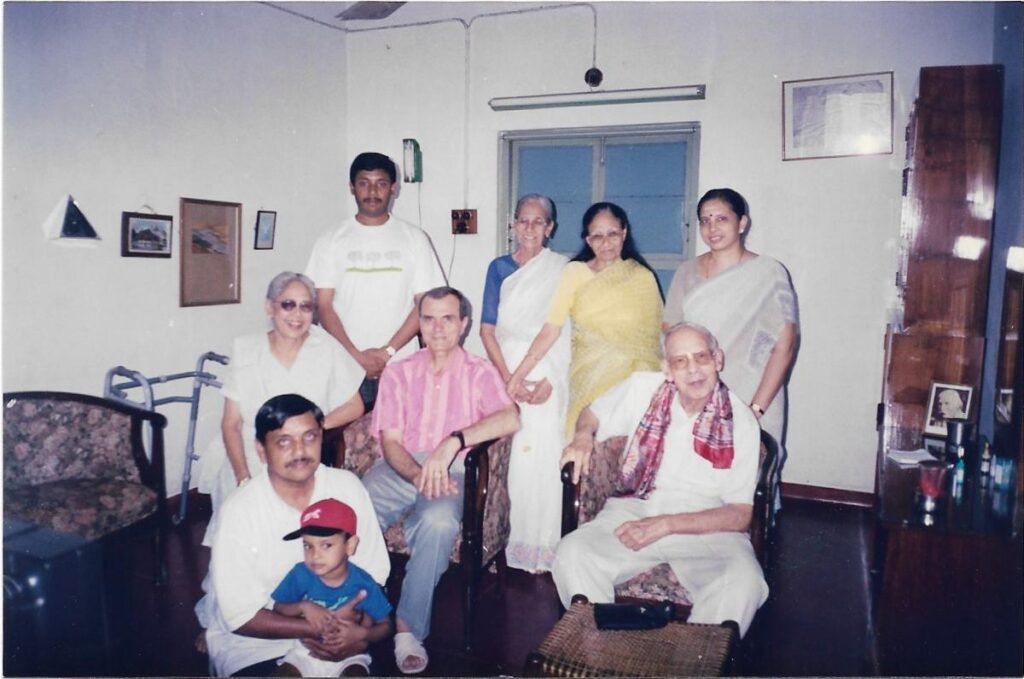
Noren Singh Nahar with Suprabha Nahar, Sumitra Cazade, Bernard Cazade and friends.
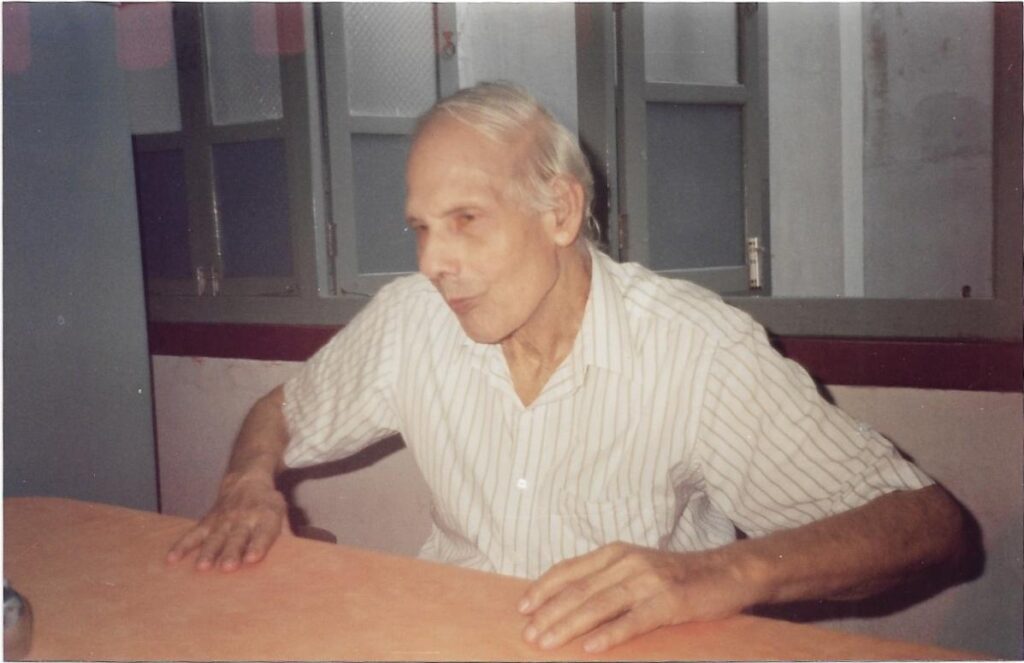

Noren Singh Nahar and Suprabha Nahar.
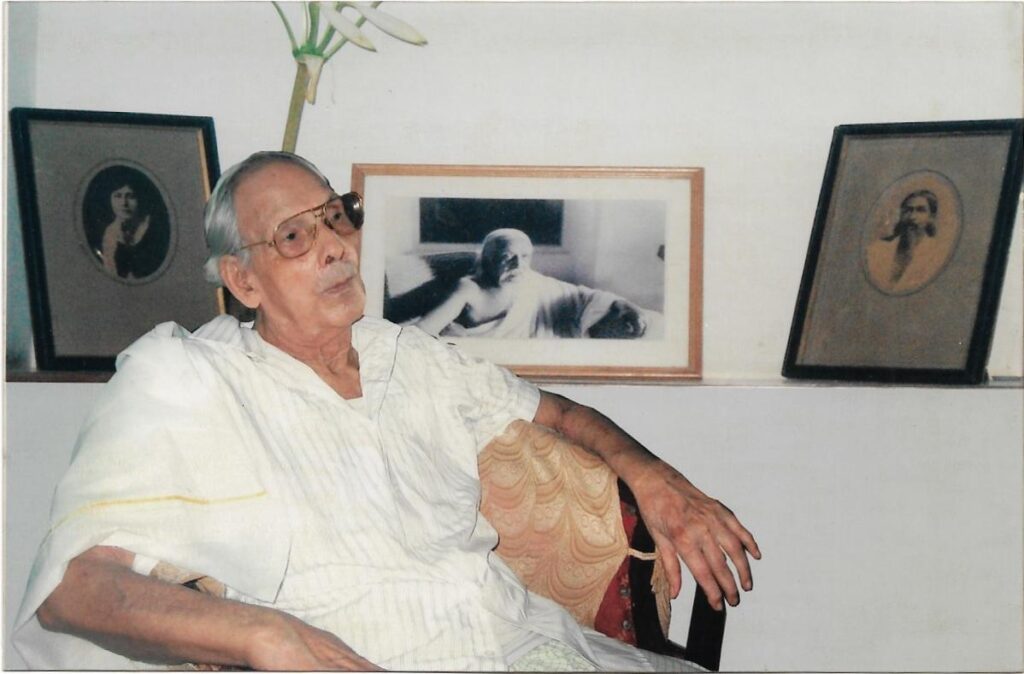
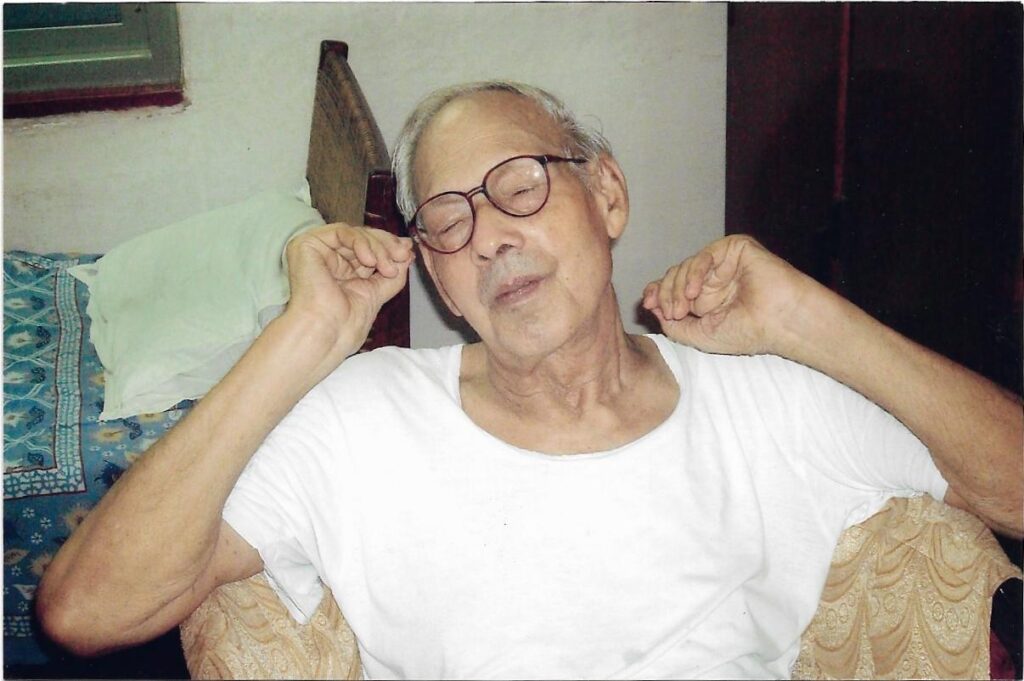
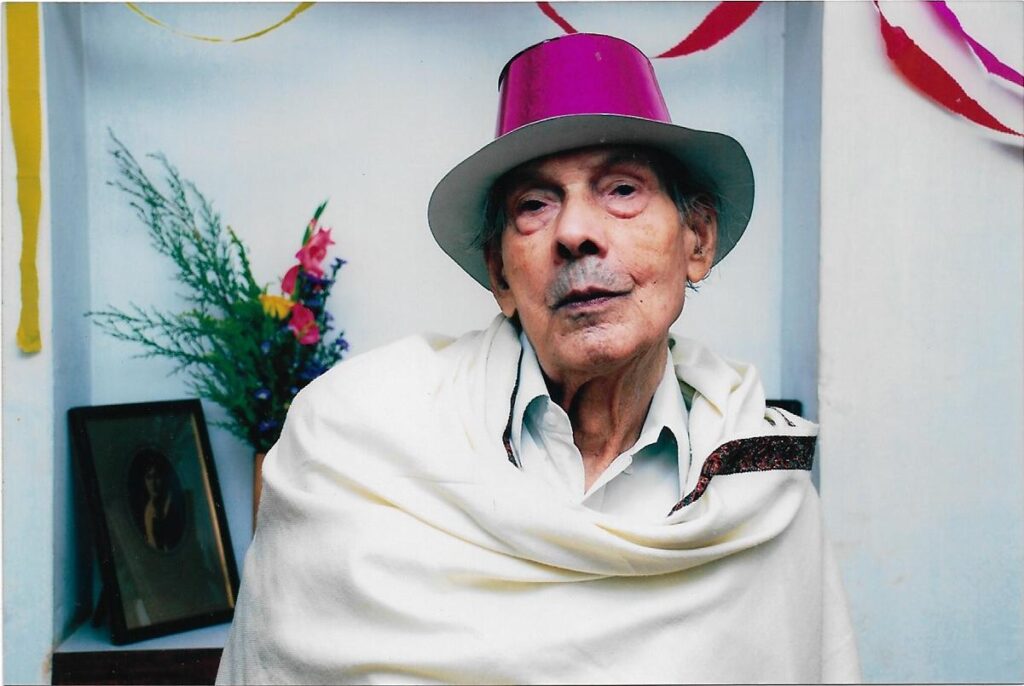
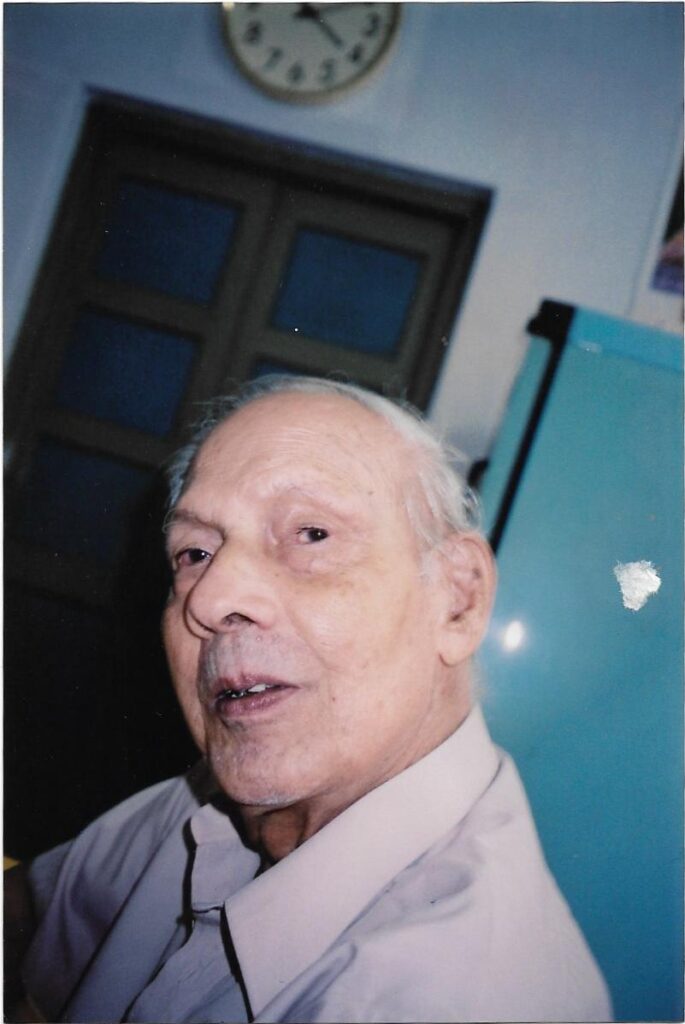
Noren Singh Nahar in 2006.
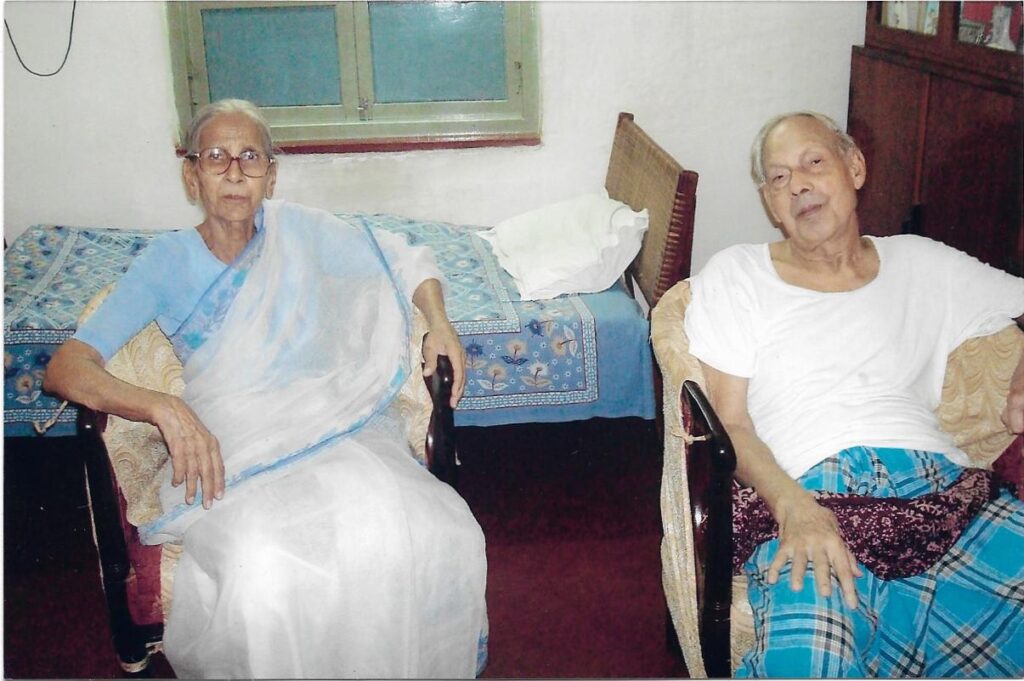
Noren Singh Nahar and Suprabha Nahar.

Bernard Cazade, Sumitra Cazade, Suprabha Nahar and Noren Singh Nahar in February 2009.
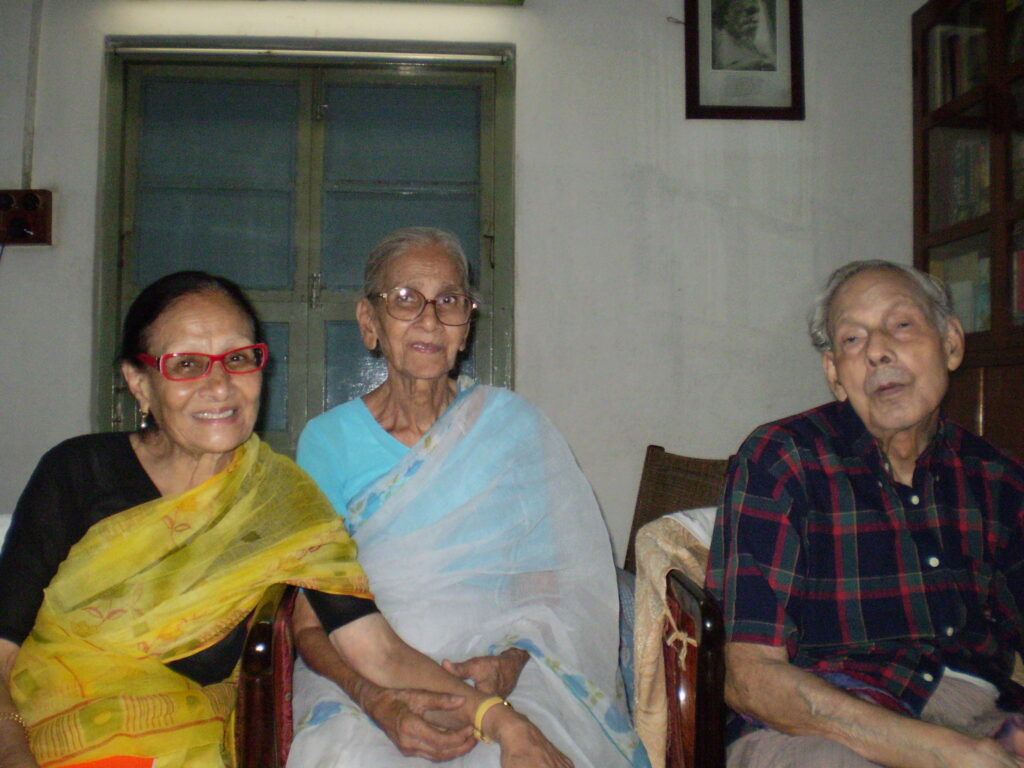
Sumitra Cazade, Suprabha Nahar and Noren Singh Nahar in February 2009.
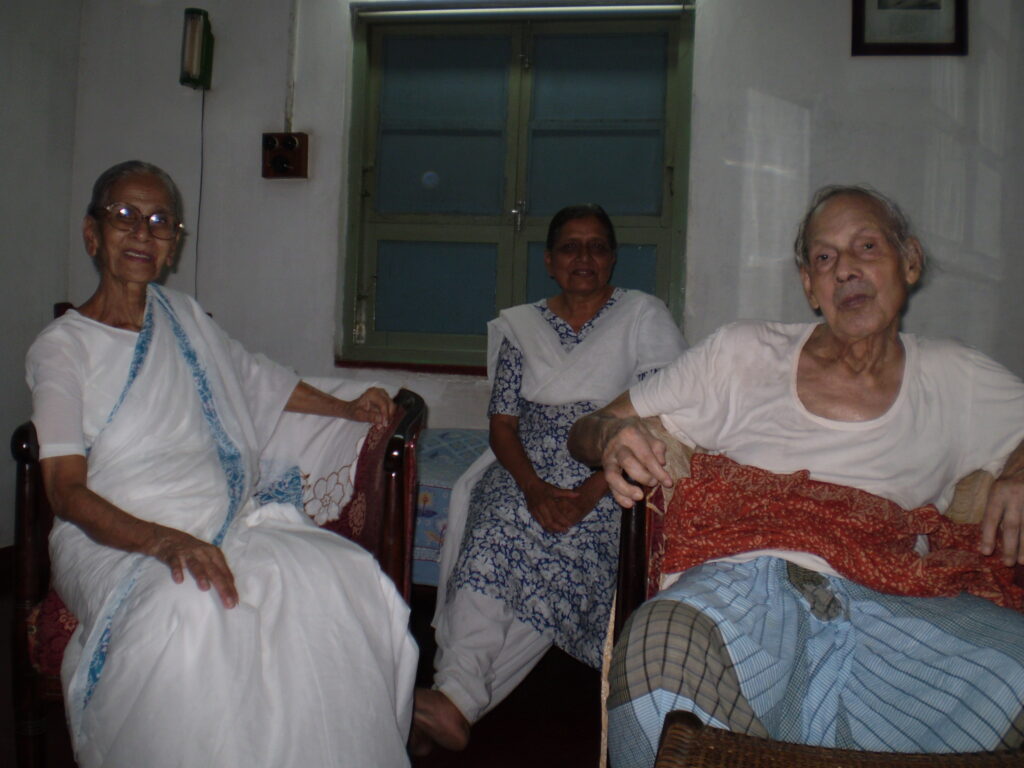
Suprabha Nahar, Sudha Rai and Noren Singh Nahar in August 2009.
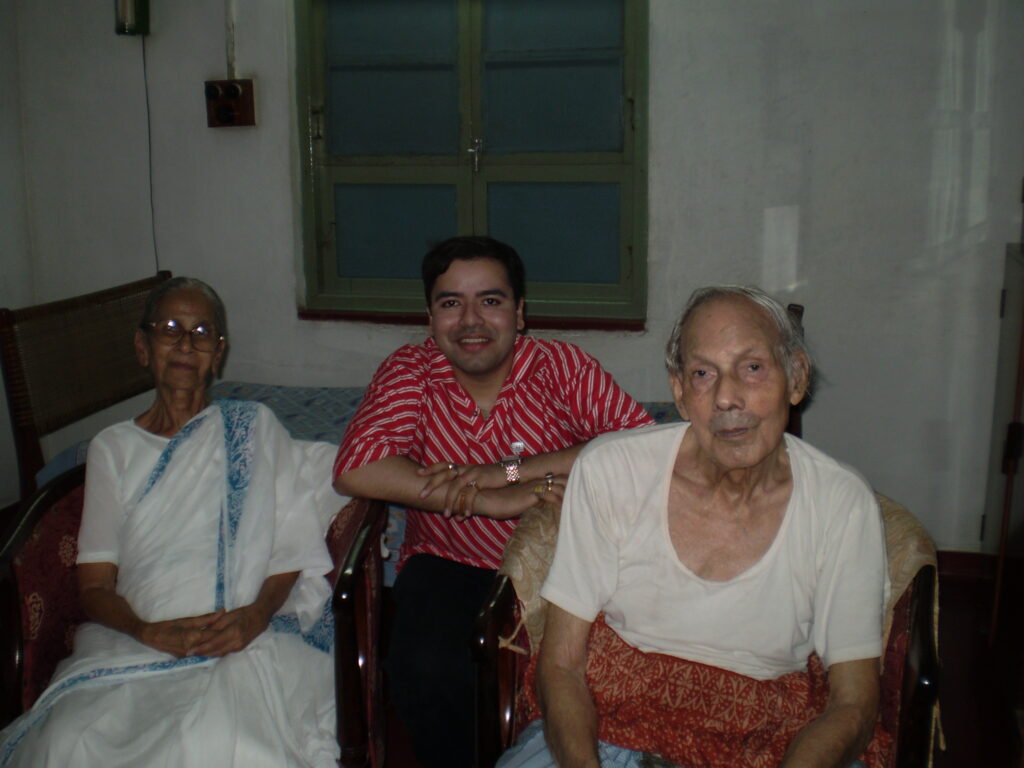
Suprabha Nahar and Noren Singh Nahar with Anurag Banerjee.
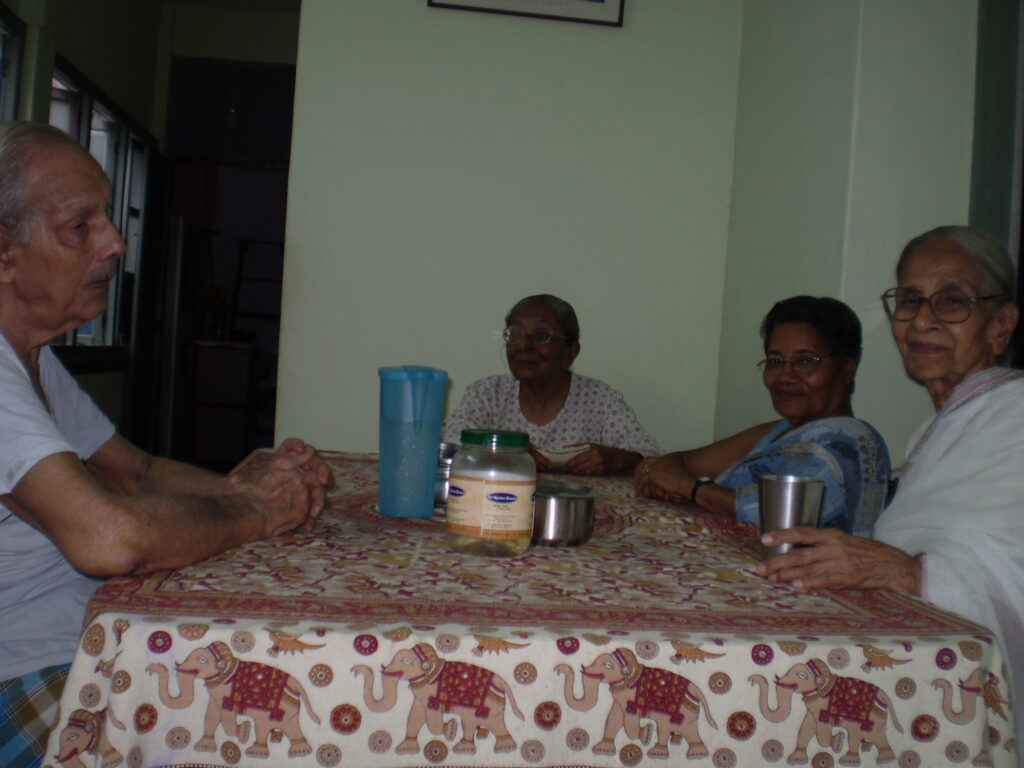
Noren Singh Nahar, Chitra Sen, Dolly Mutsuddi and Suprabha Nahar on 10 August 2010.
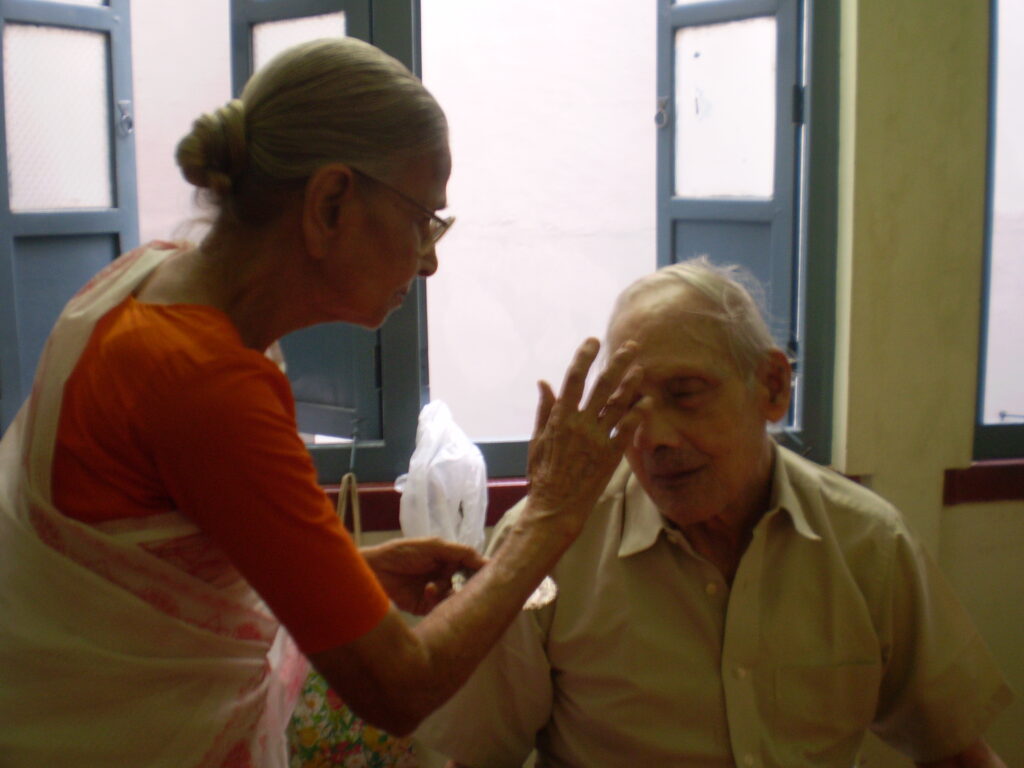
Noren Singh Nahar and Suprabha Nahar on Bhai-dooj on 15 November 2012.
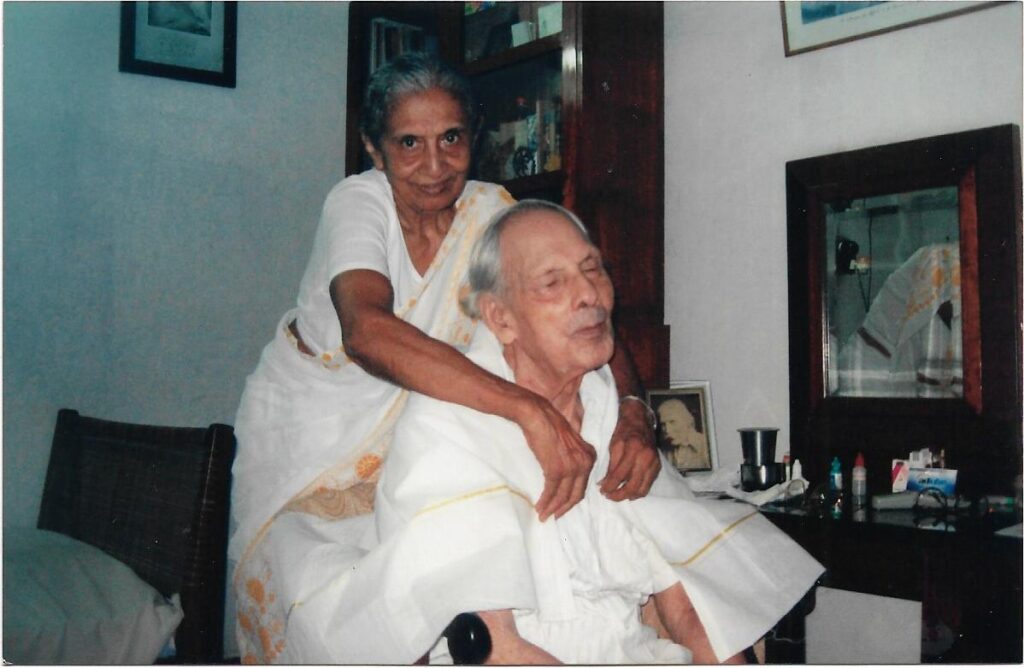
Sushilaben and Noren Singh Nahar on the latter’s 92nd birthday on 1st December 2012.
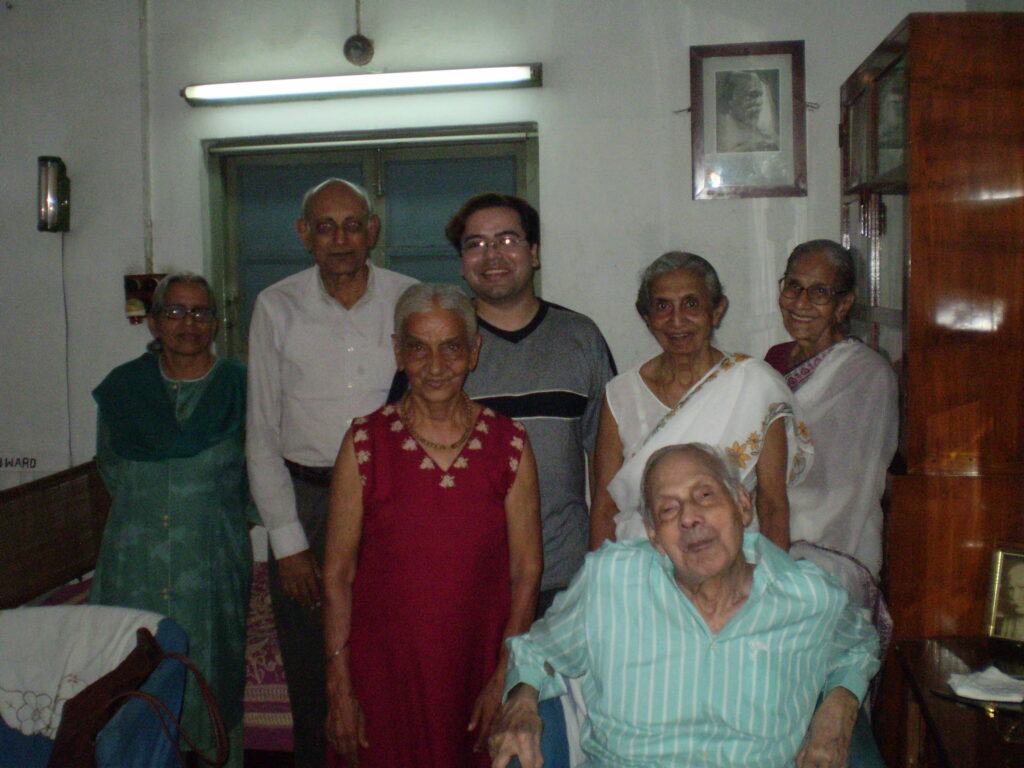
(From left to right) Indu Rai, Achyut Patel, Anurag Banerjee, Sushilaben, Suprabha Nahar, Lata Jauhar and Noren Singh Nahar on 1st December 2012, Noren Singh’s 92nd birthday.
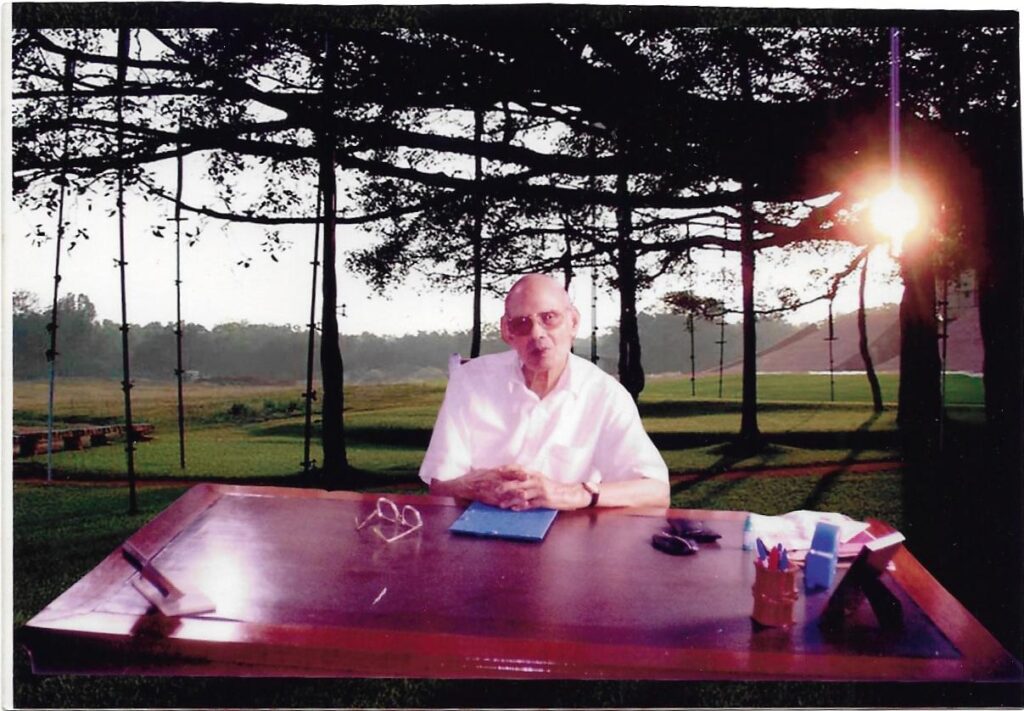
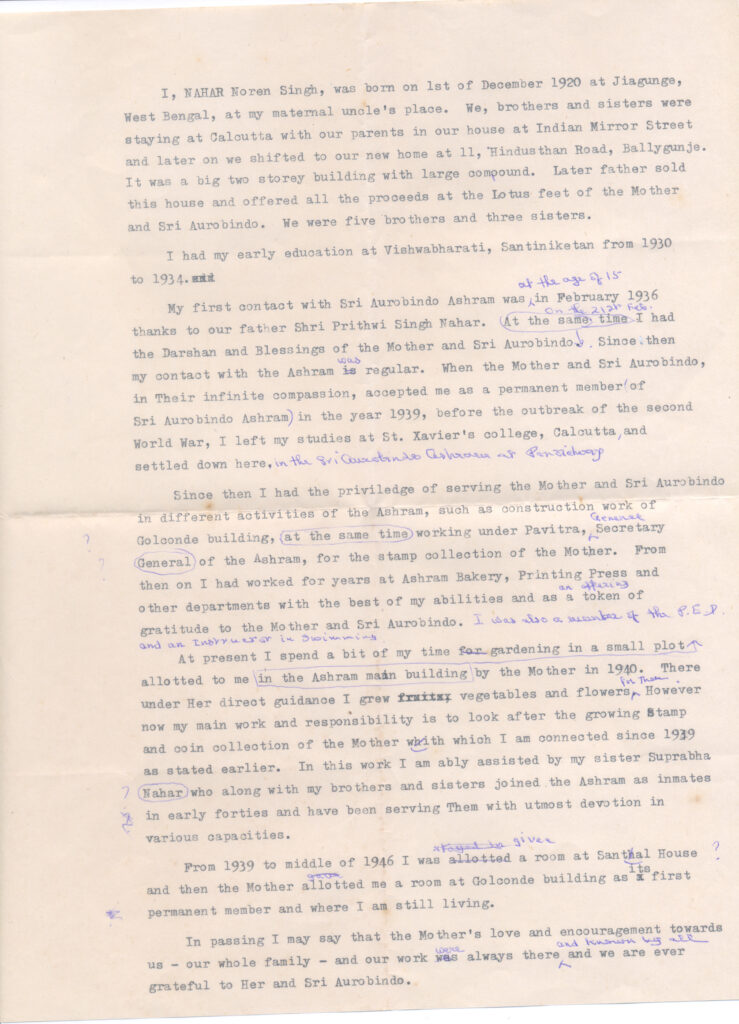
Norensingh-da! I knew him as my swimming coach and stamp-distributor (as kids many of us were bitten by the stamp-collection bug!). But when I think of him what abides is his utter simplicity, unbelievable gentleness and a sense of sterling purity and humility! These qualities of Norensingh-da’s were unmistakable and I just adored him for them. He was truly a role-model for me. And as Mother so rightfully remarked that were there more sadhaks like Norensingh-da and Suprabha-di, our Ashram would be a splendid reflection of the Mother and Sri Aurobindo’s Work … My pranam to them.
Thanks for the lovely article and the precious, rare photographs. It is worth re-reading such interesting articles and therefore I have saved it in my computer.
Dear Anurag,
Perhaps one may not know how valuable service to The Mother you are carrying on so sincerely .
Pray, She gives you energy and strength to continue.
–Prasenjit–
Noren-dâ! In addition to our long years spent at the Ashram, I had a few privileged moments passed together while you visited Paris.
The only occasion when I did not see you smiling was early in the morning of 5 December 1950: you were returning to your Golconde room; thunder-struck, I was going to the Ashram.
Dear Noren – da was always a picture of perpetual sweetness of temperament and of loving nature – it was always a pleasure meeting him in his office – always welcoming with cheerful smile ;
Surendra s chouhan SAICE ’69
Thanks a lot for sharing.
ॐ आनन्दमयि चैतन्यमयि, सत्यमयि, परमें!!
Thank you. The pictures are beautifully healing.
~ michael
Enlightening article and enchanting photographs.
Love to read the anecdotes and memoirs.
Definitely takes one close to Sri Aurobindo and The Mother
Dr. Pushkar
I read the article on Norenda. Very interesting, very well written. Congratulations
Gauri Pinto,
Sri Aurobindo Ashram